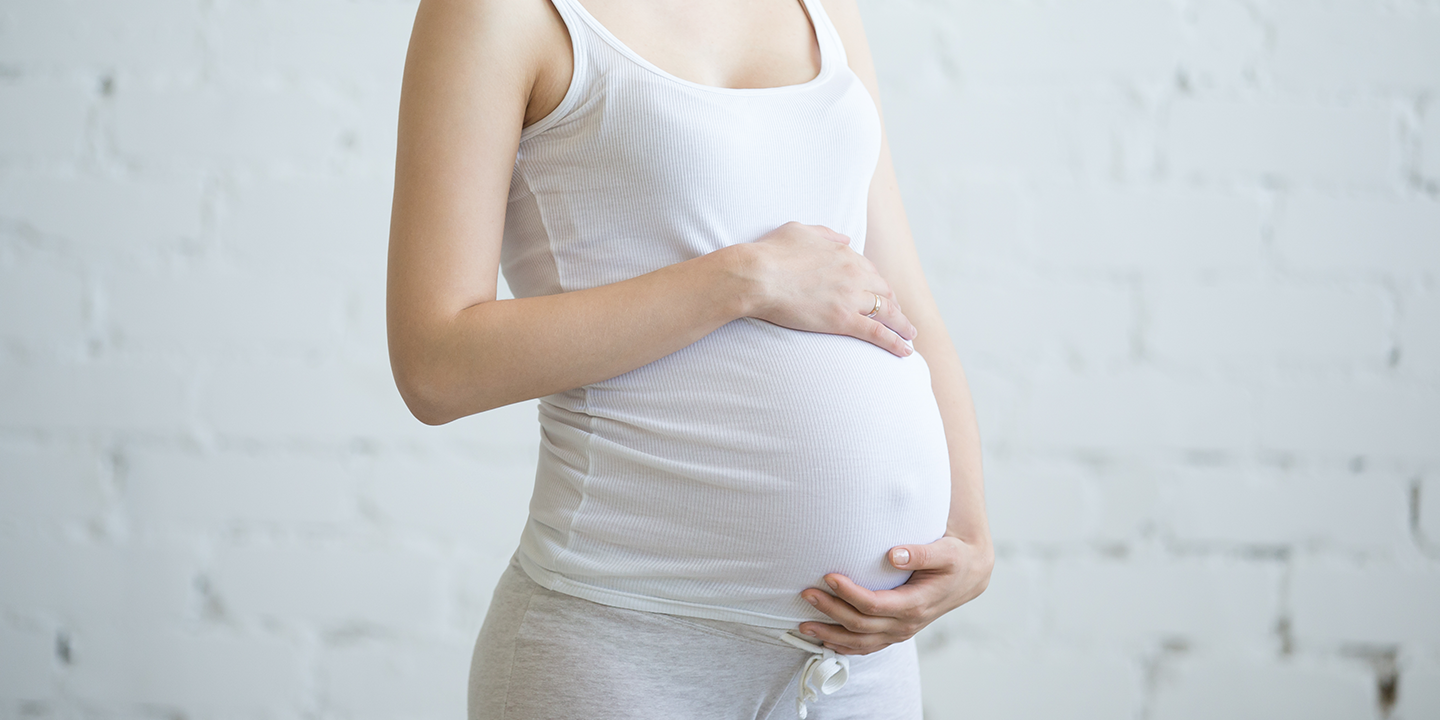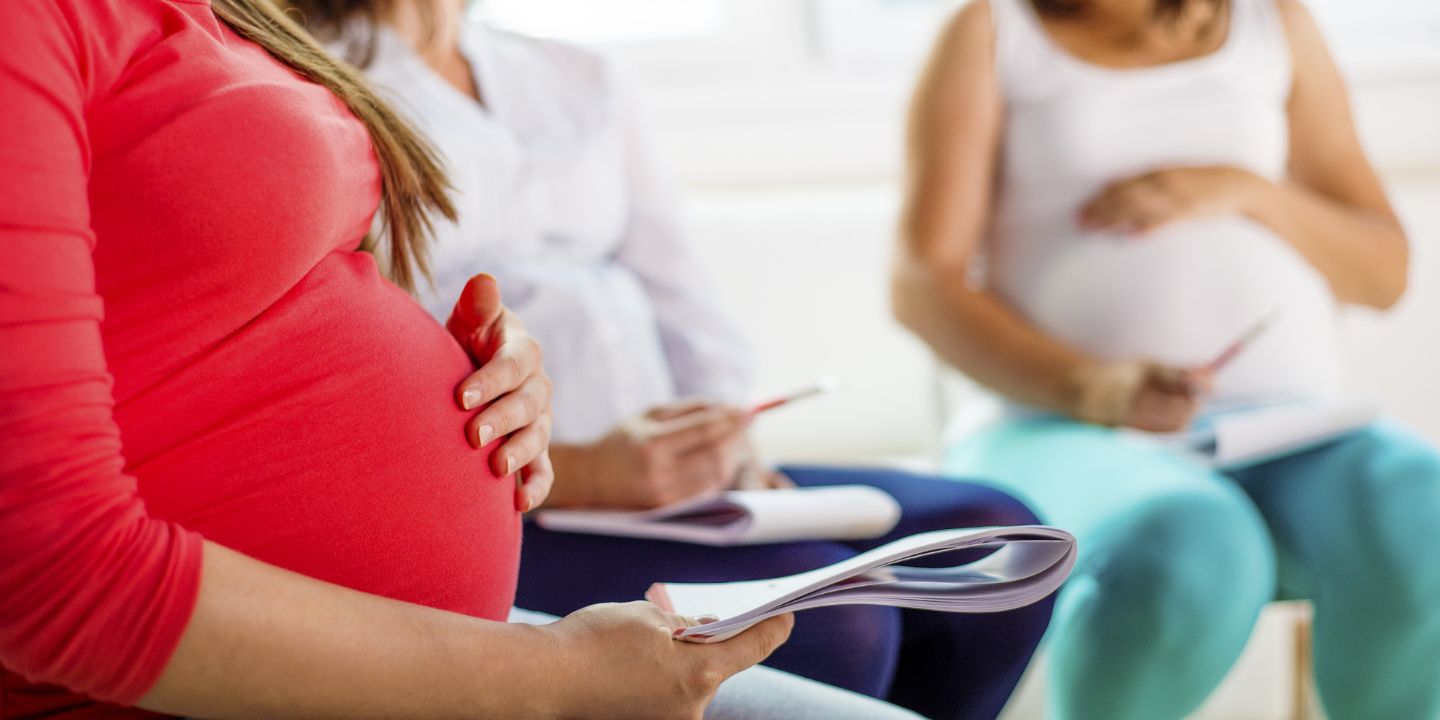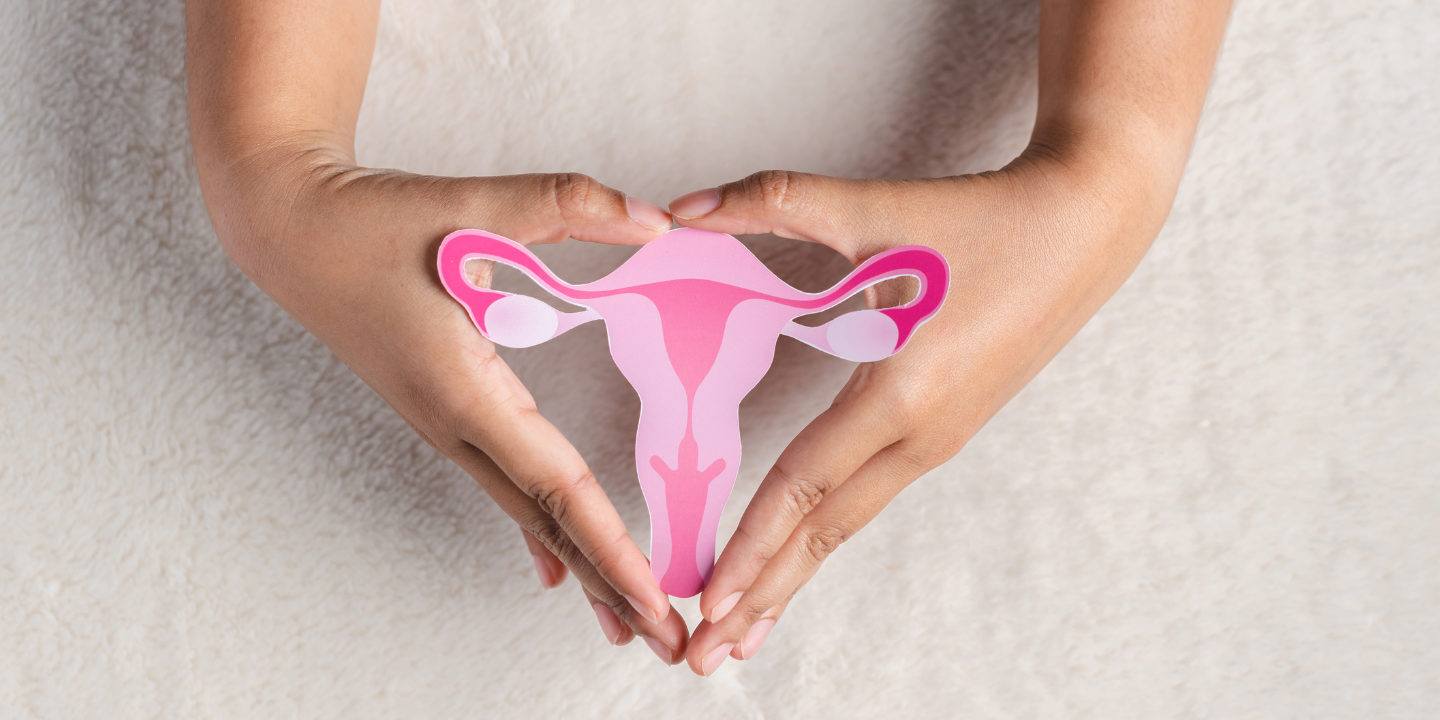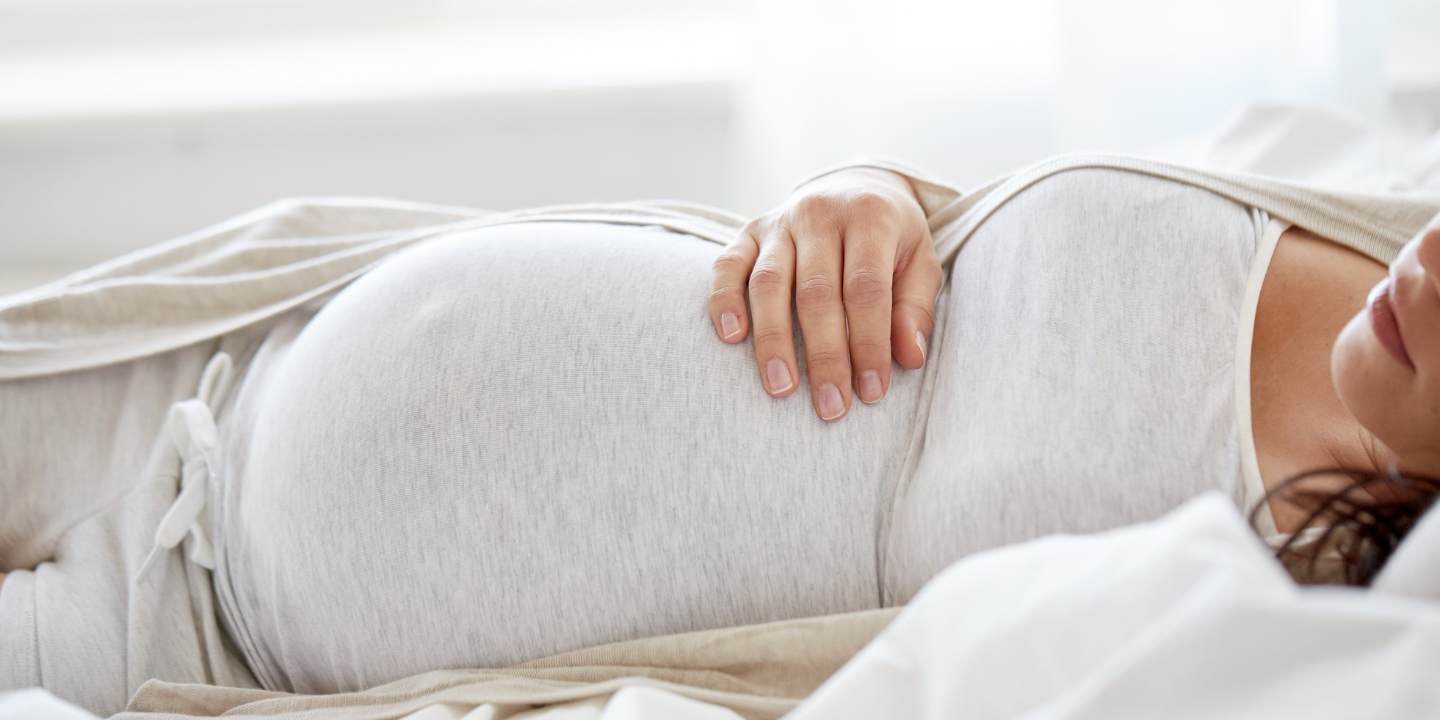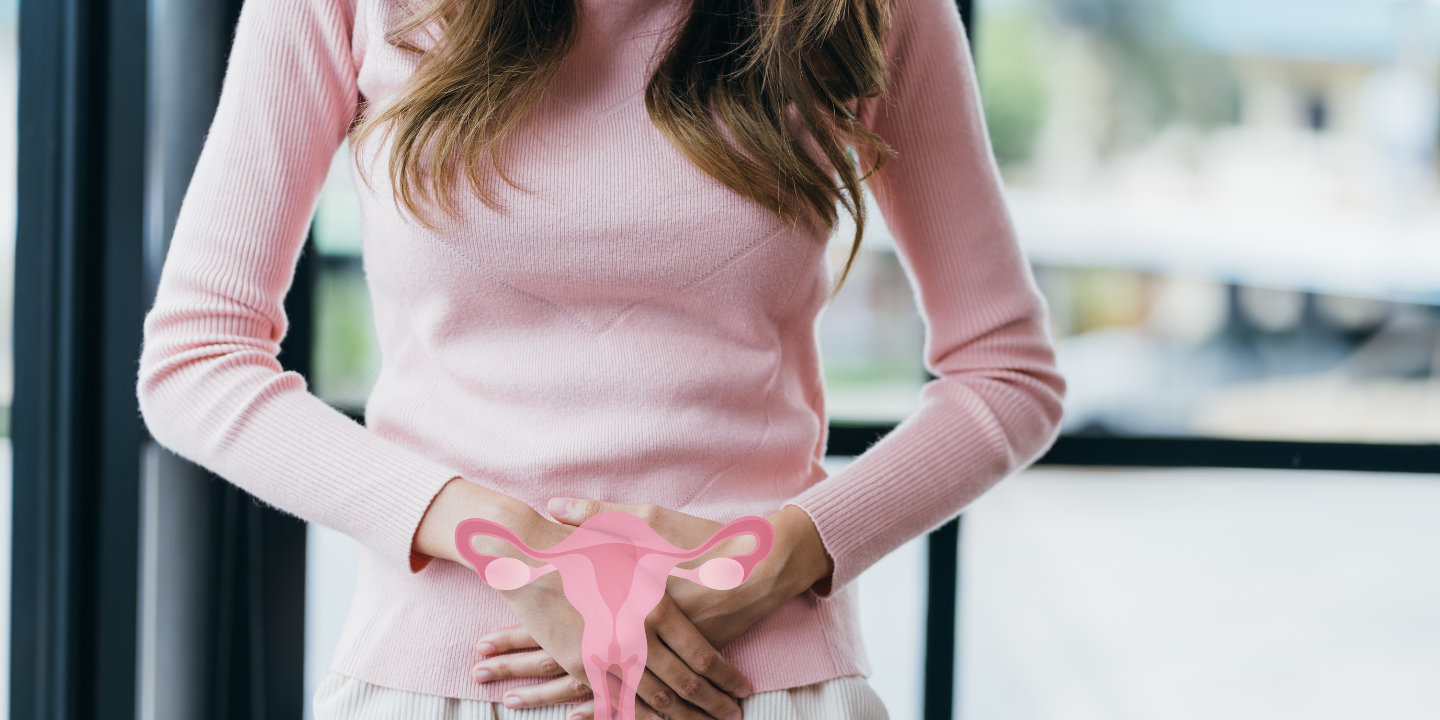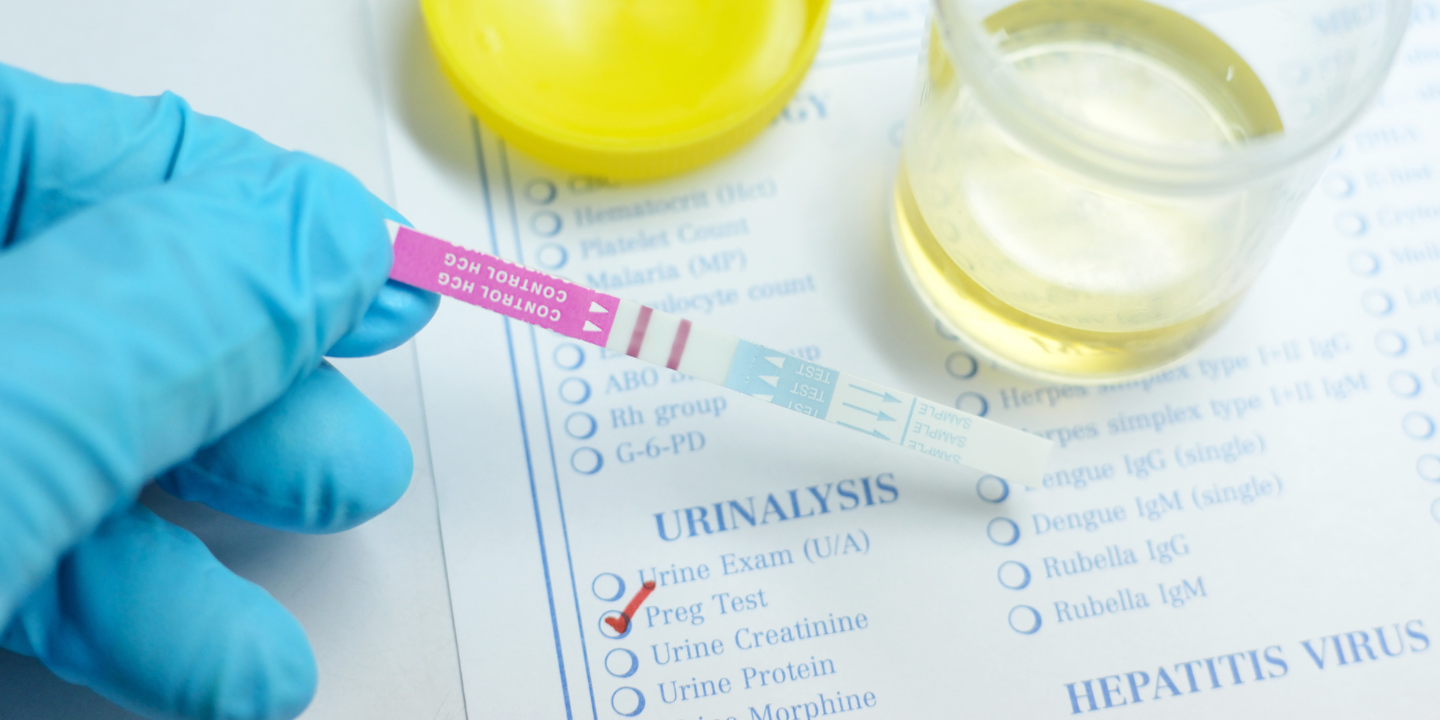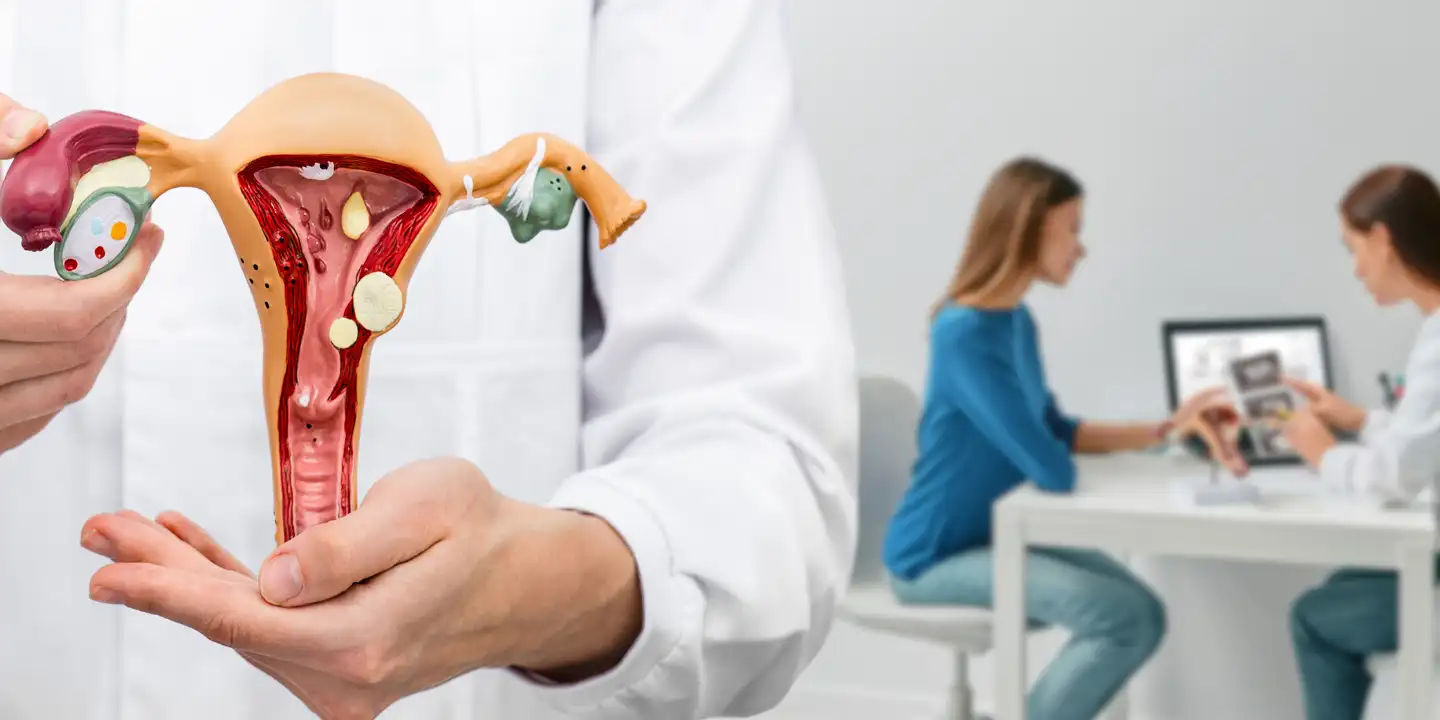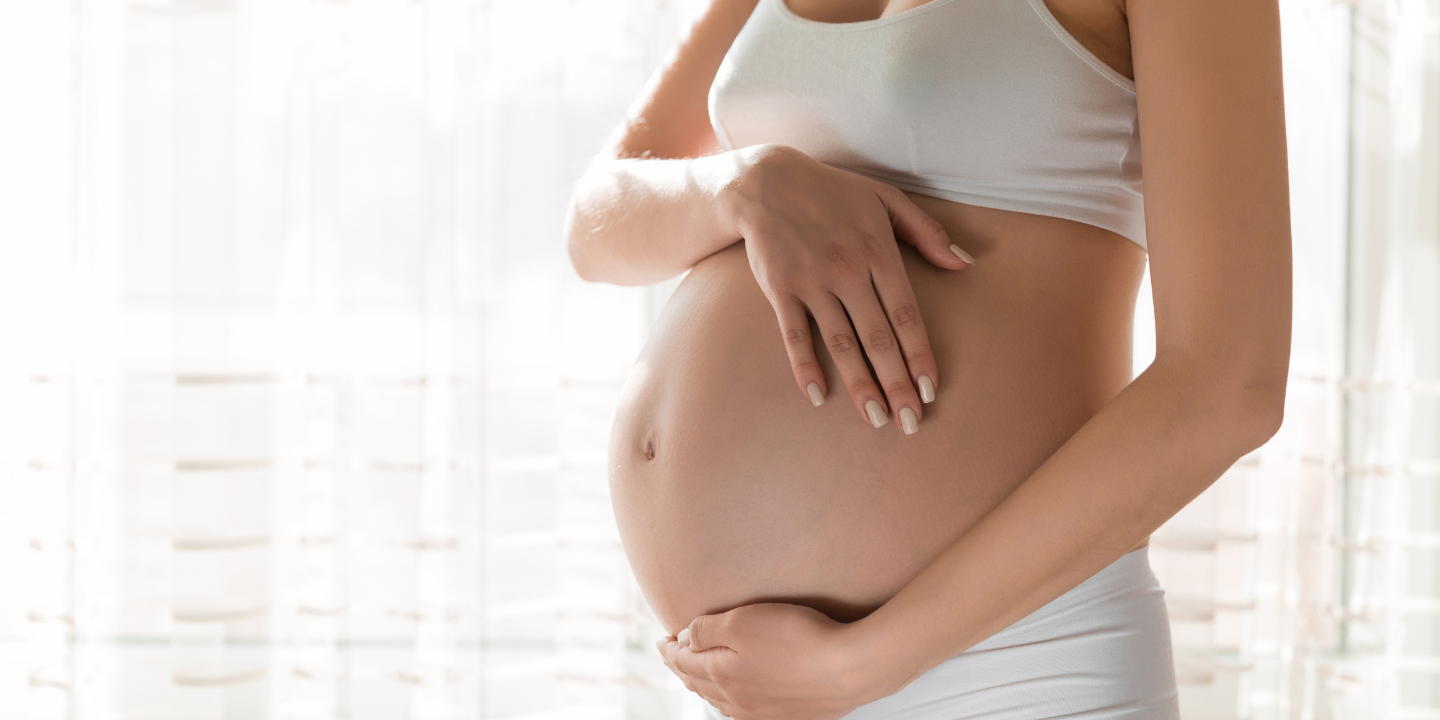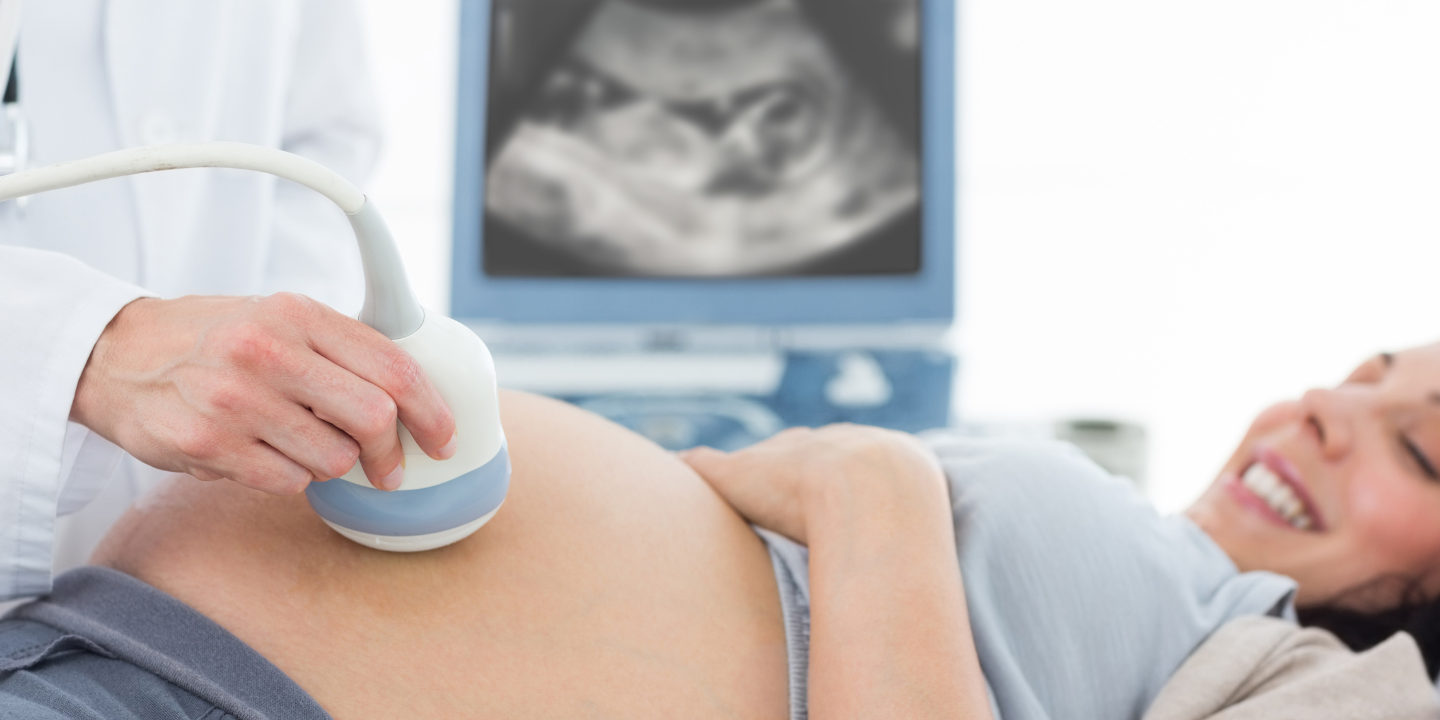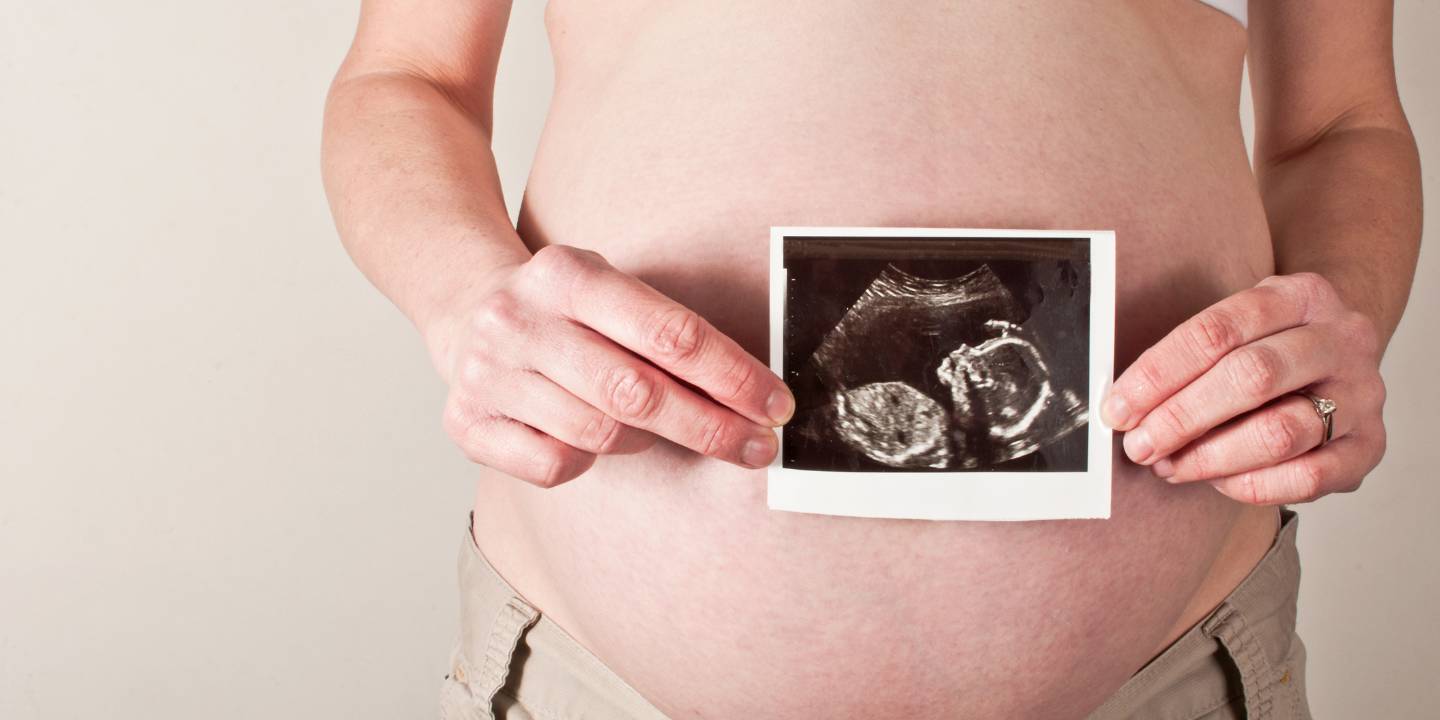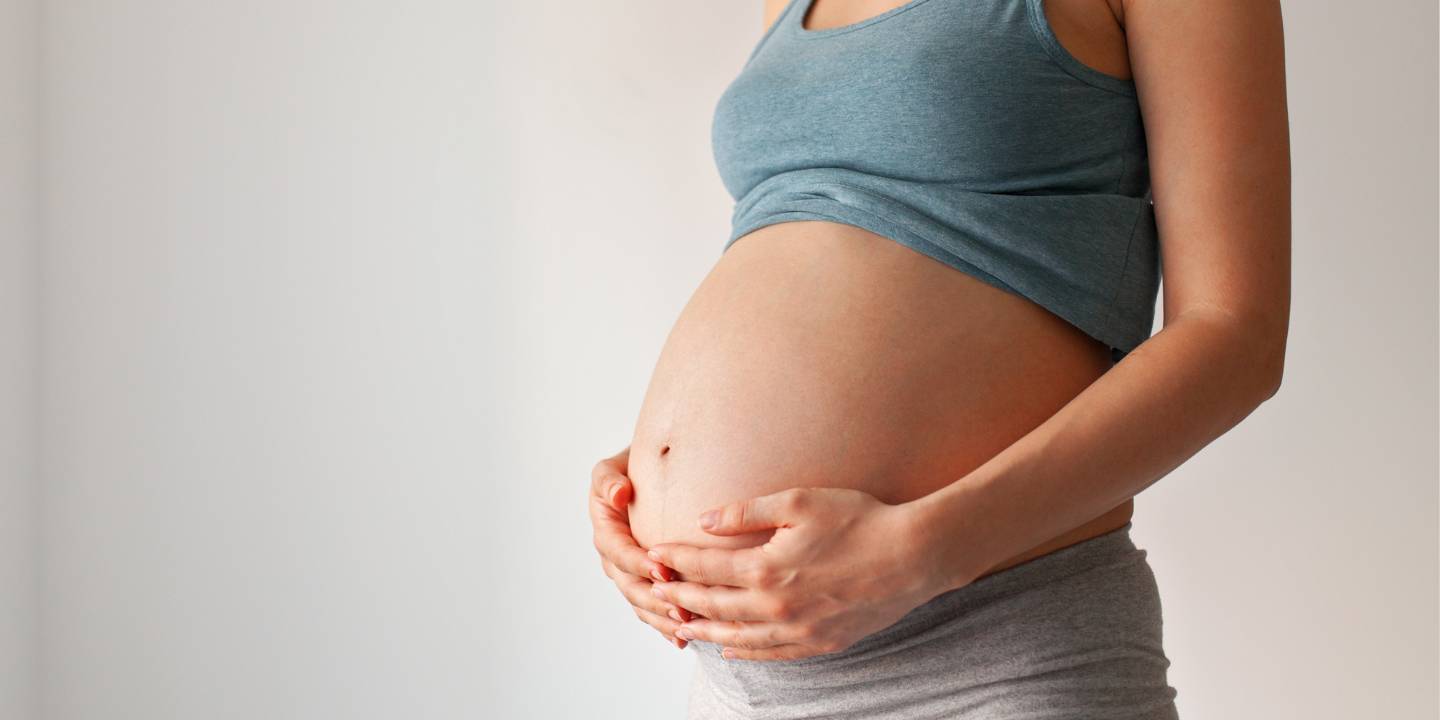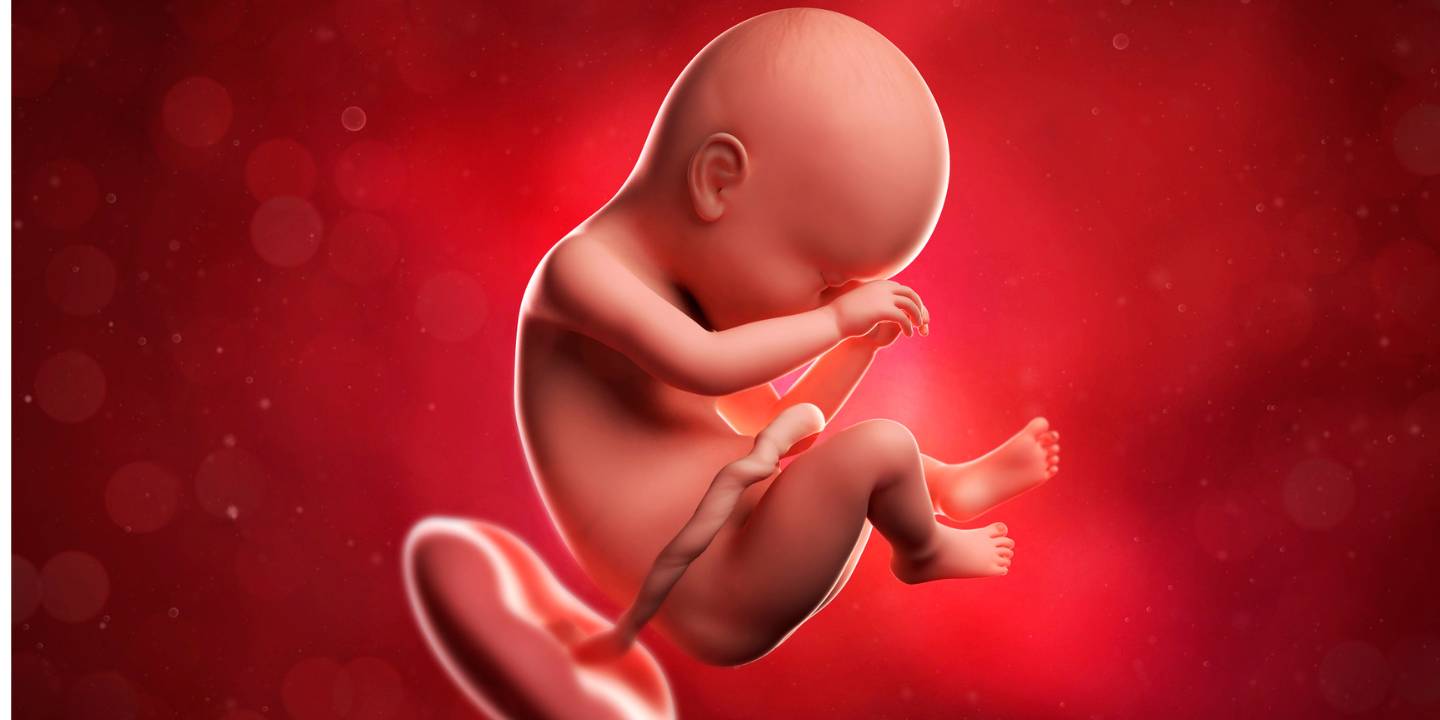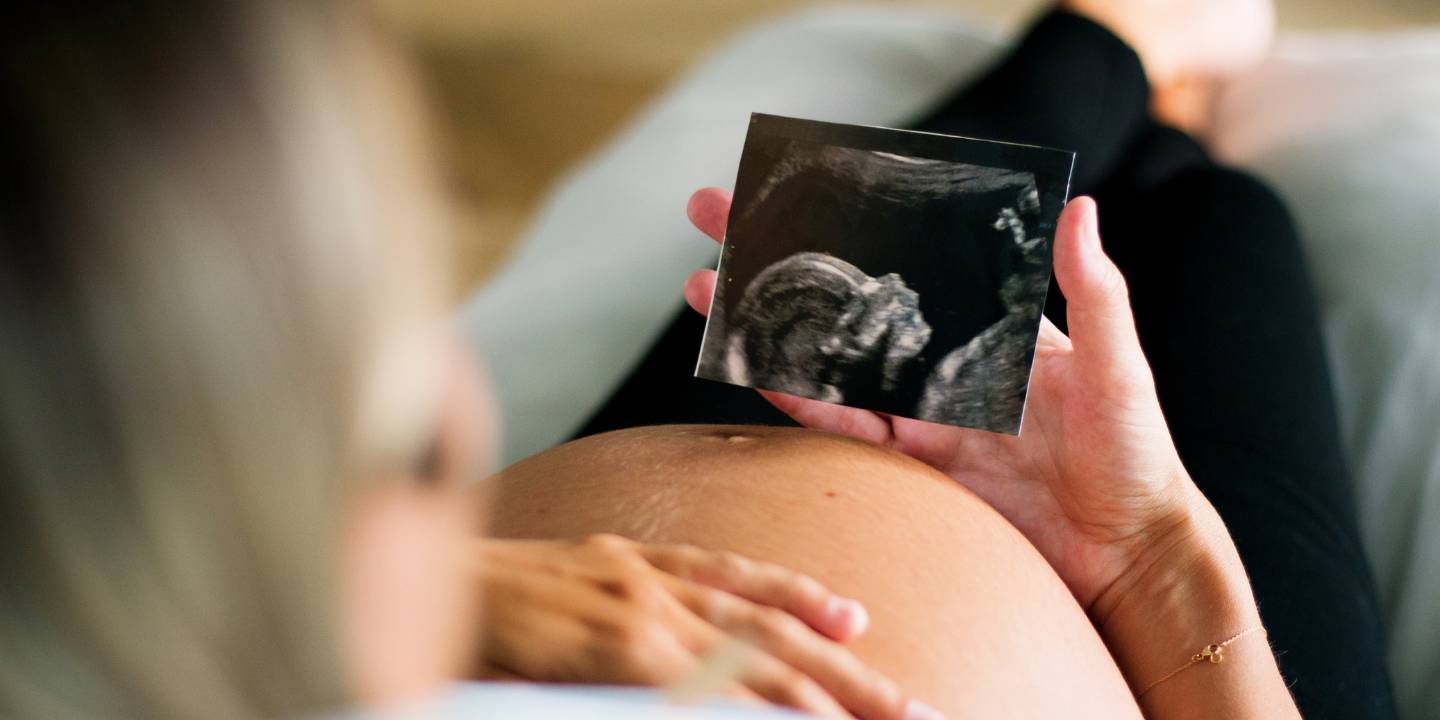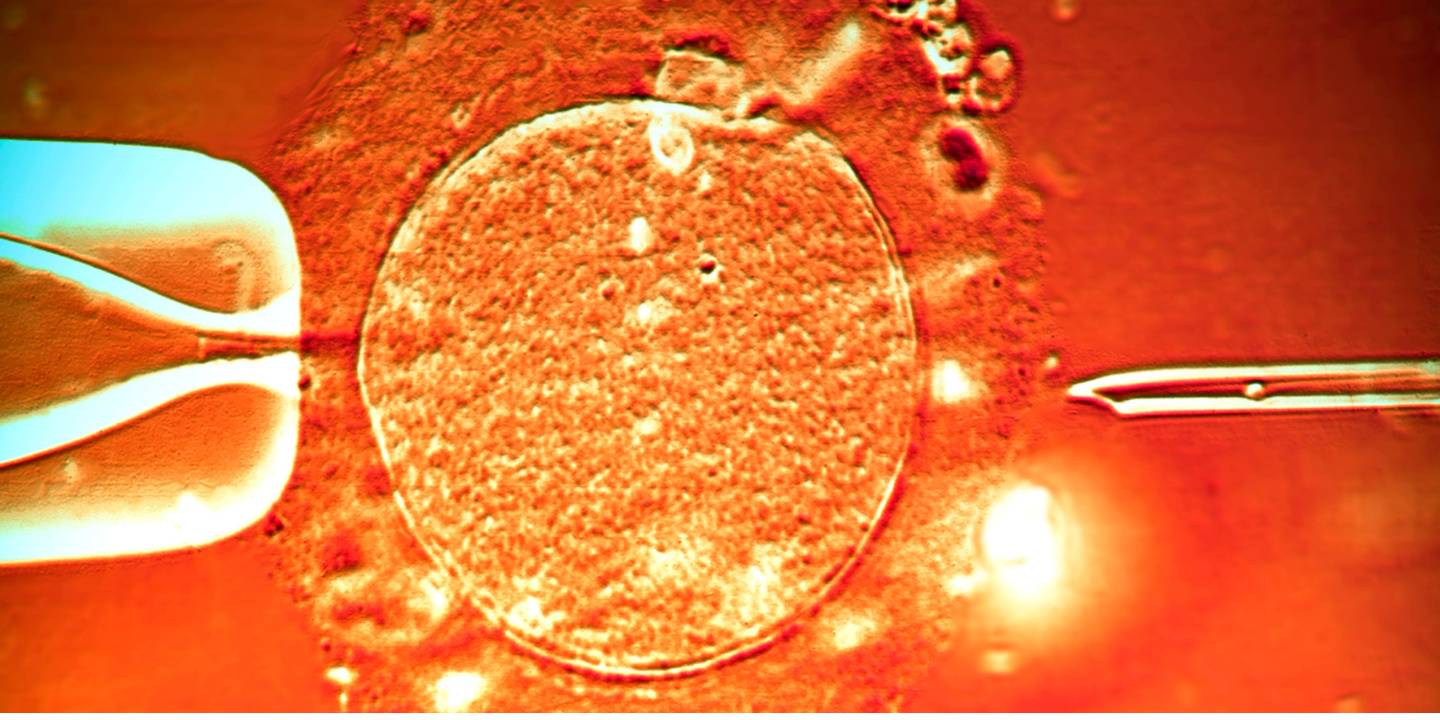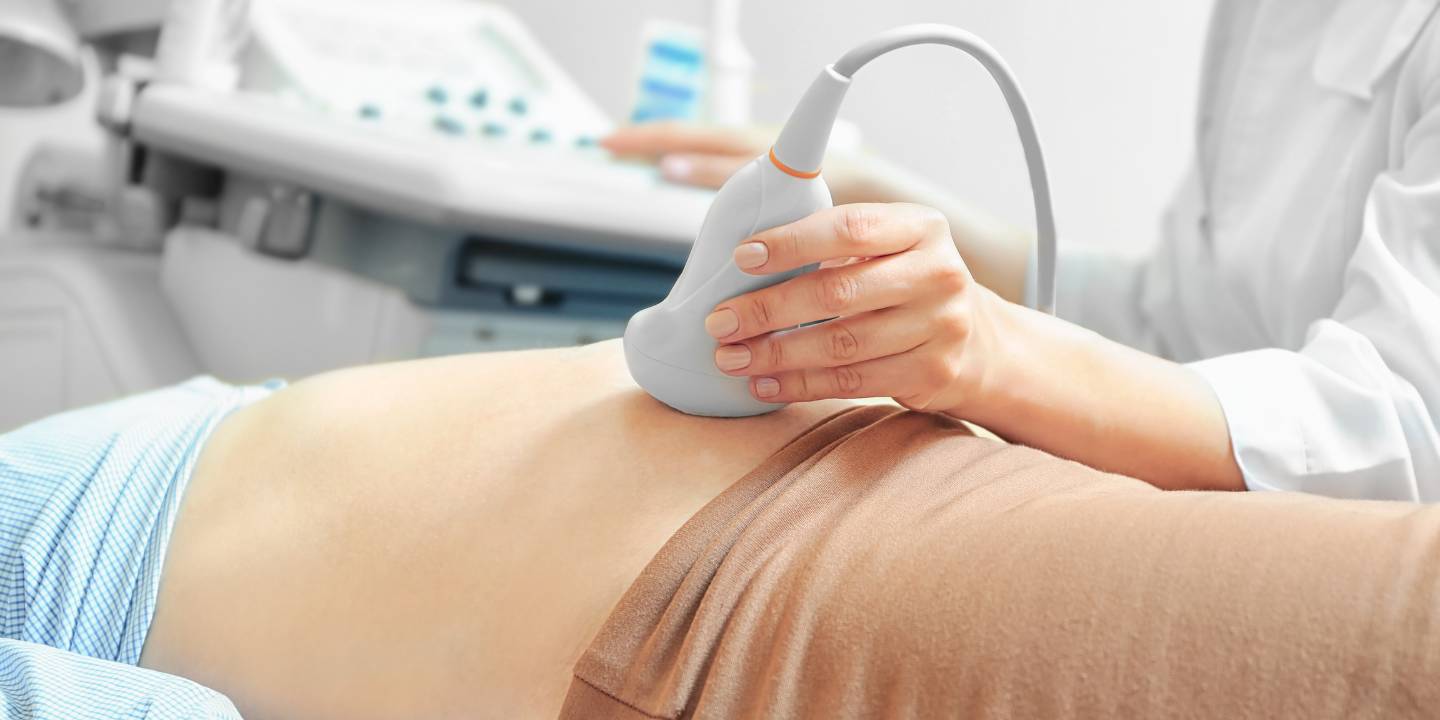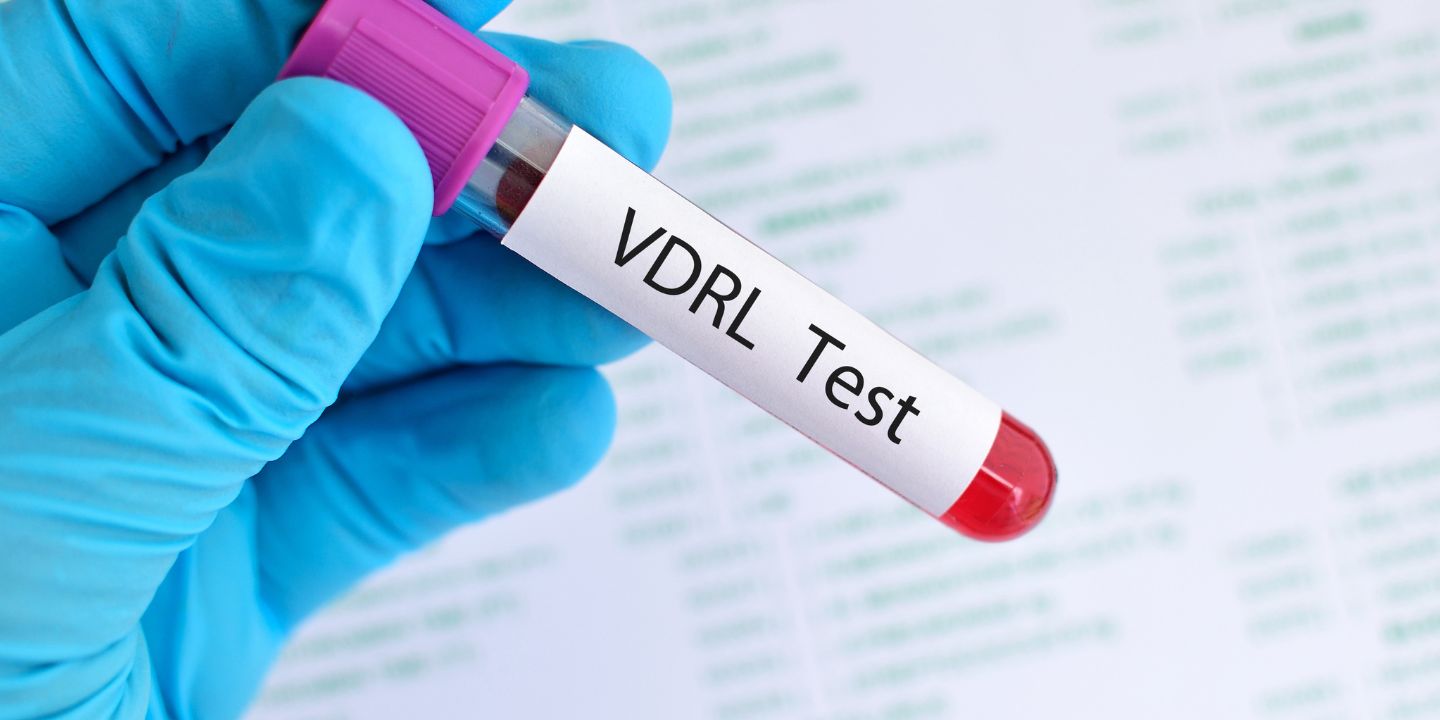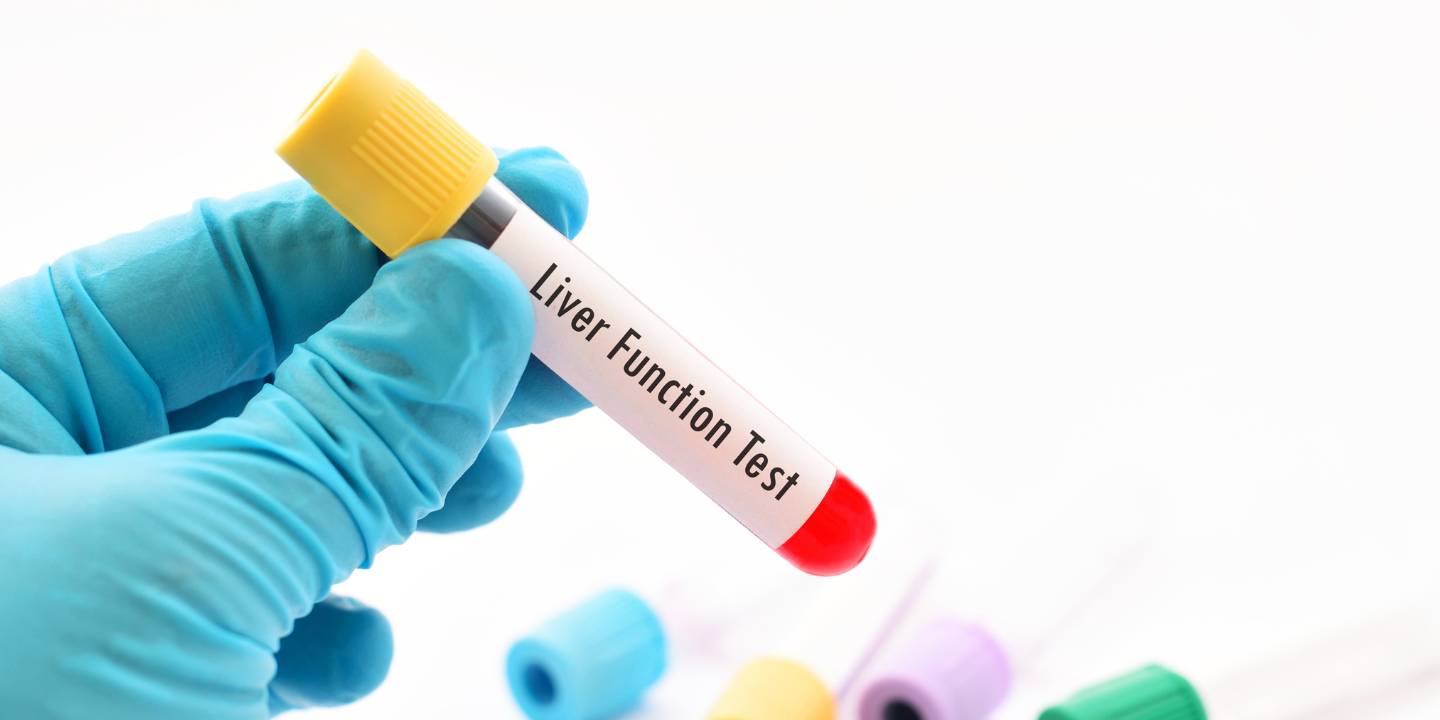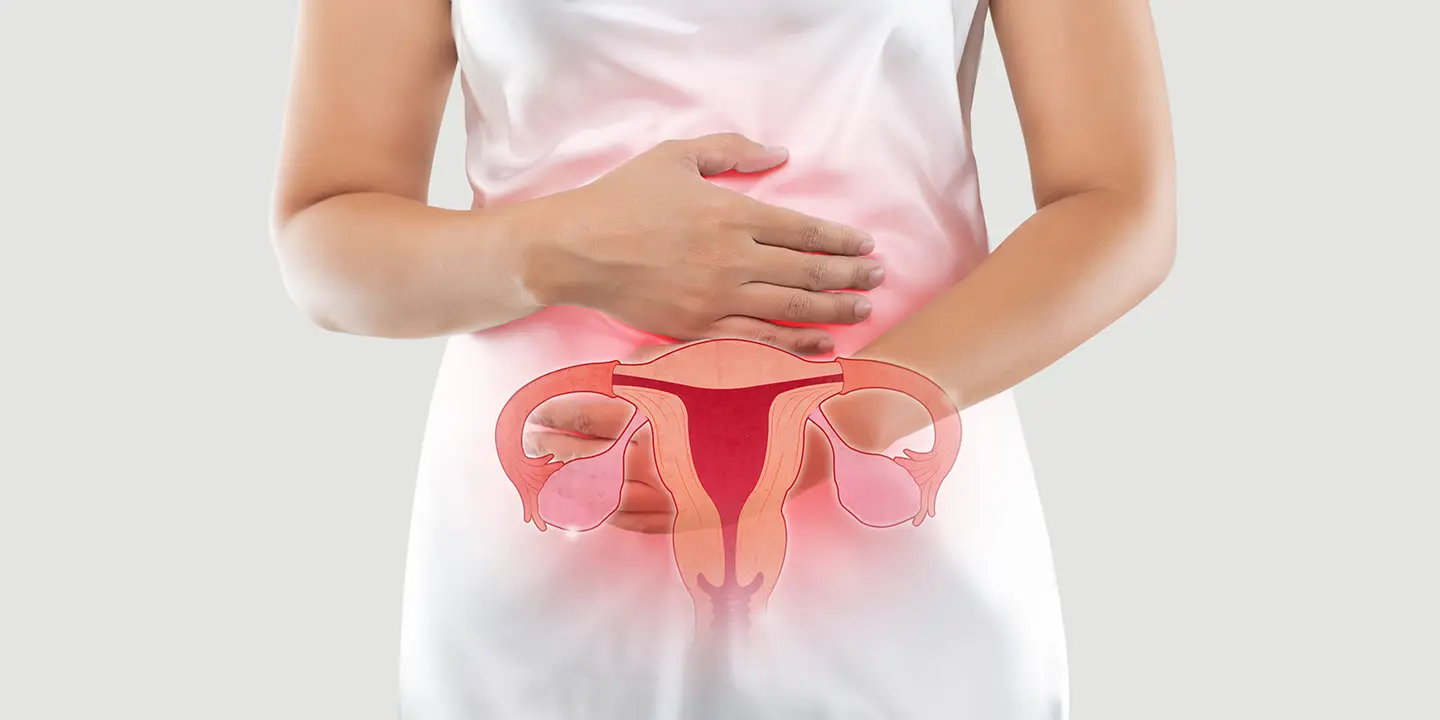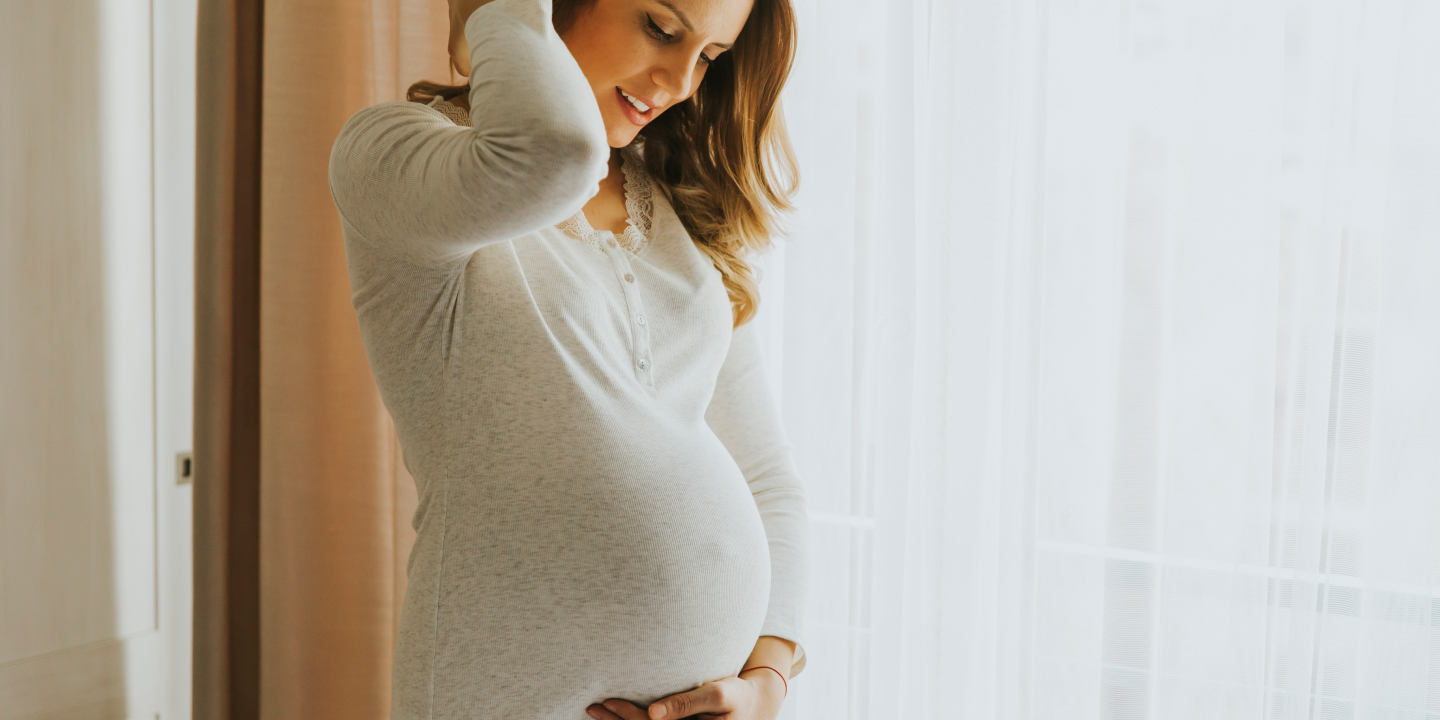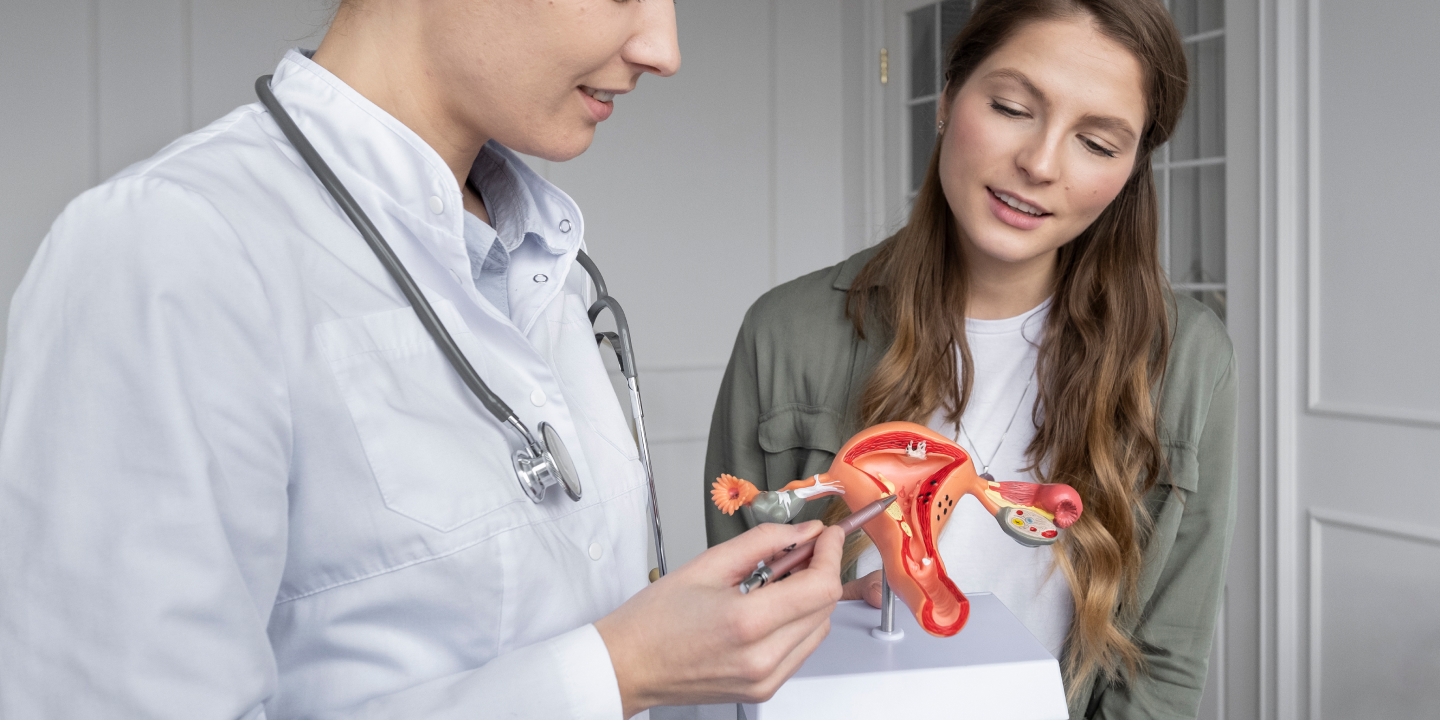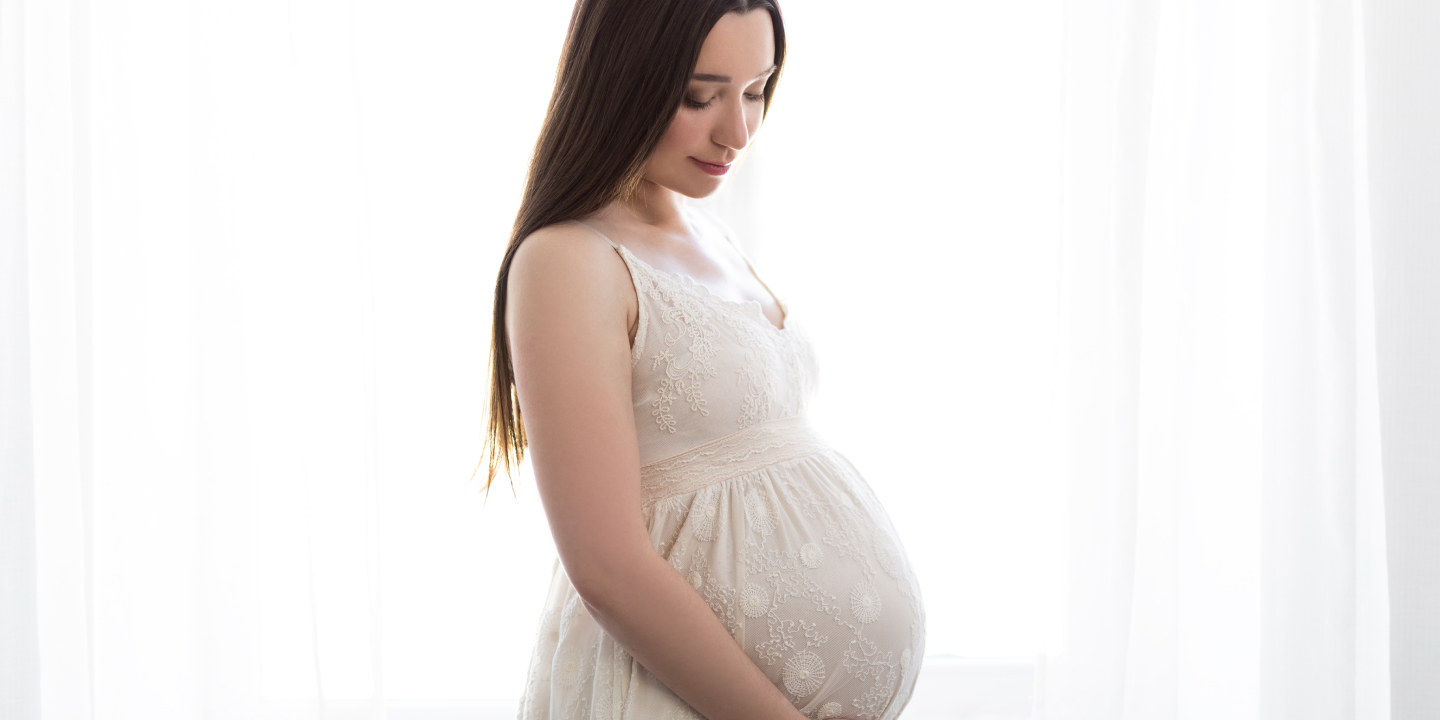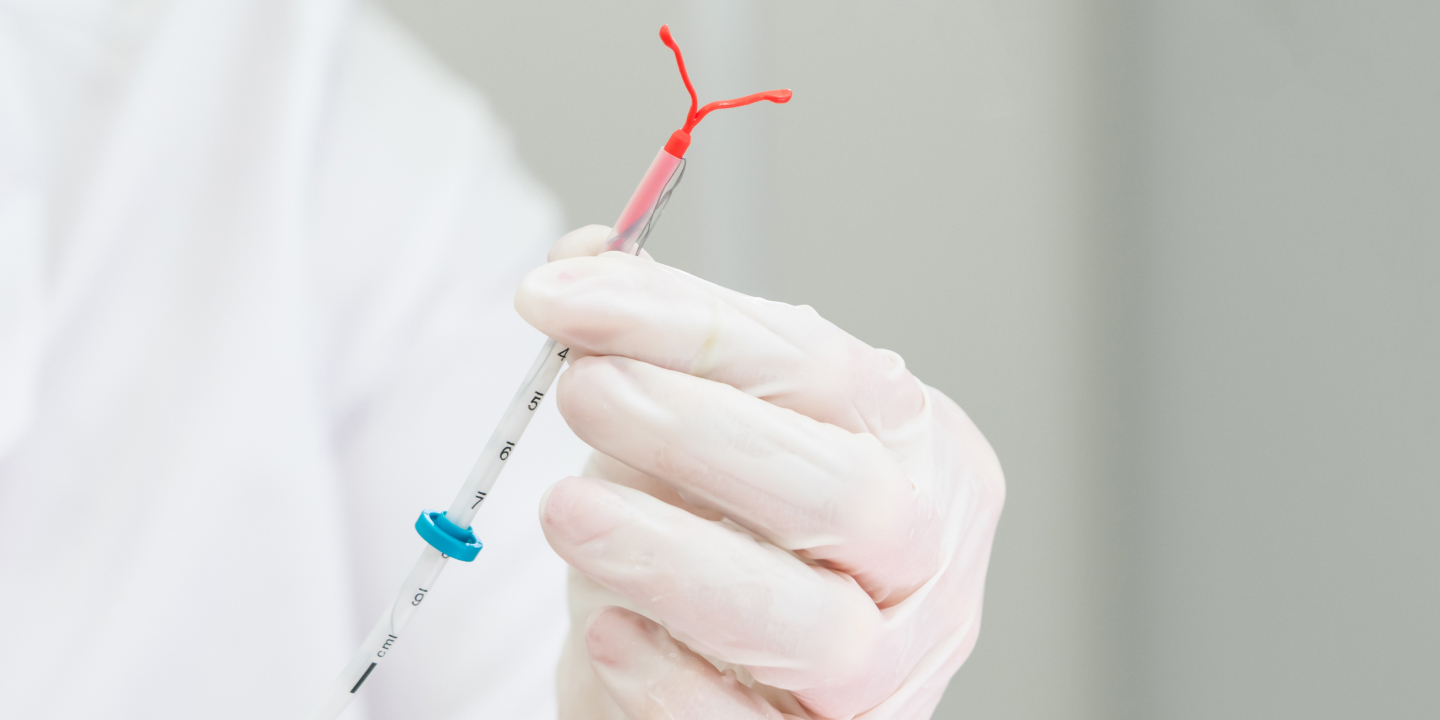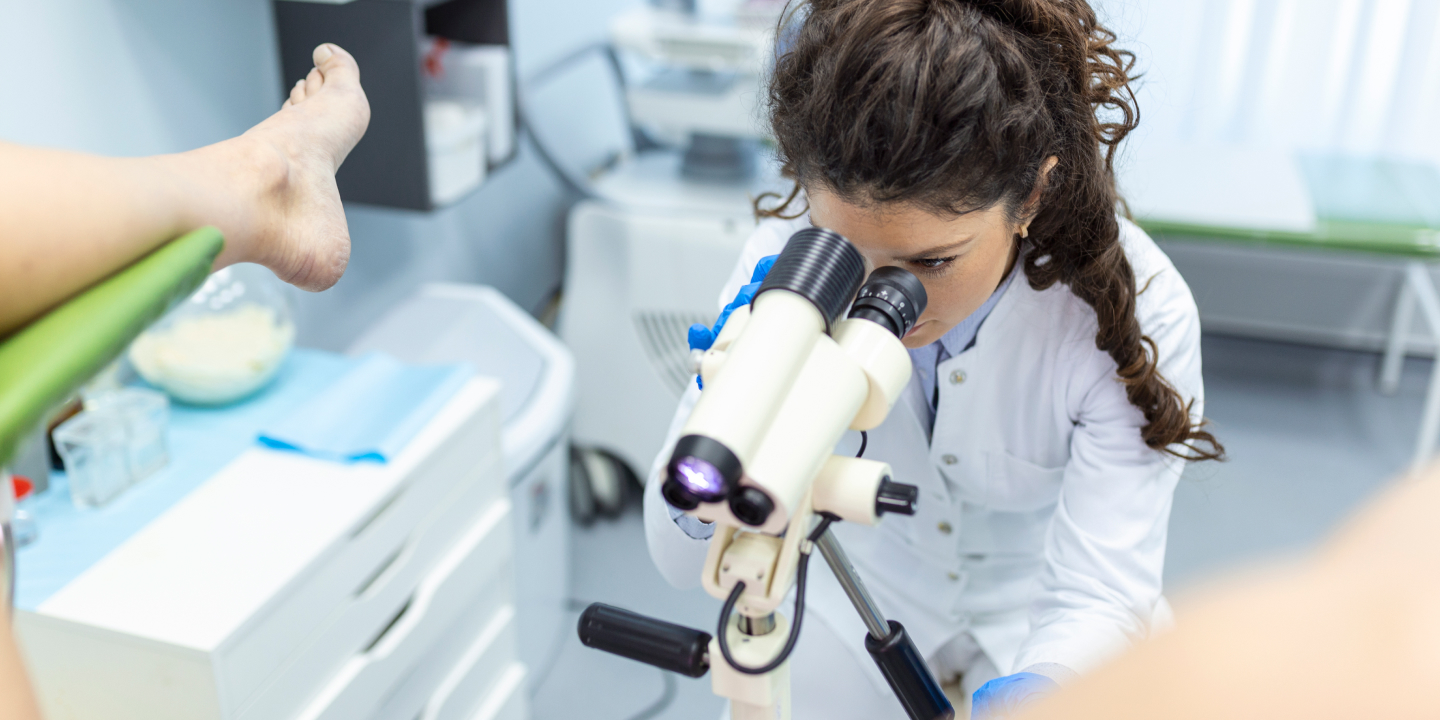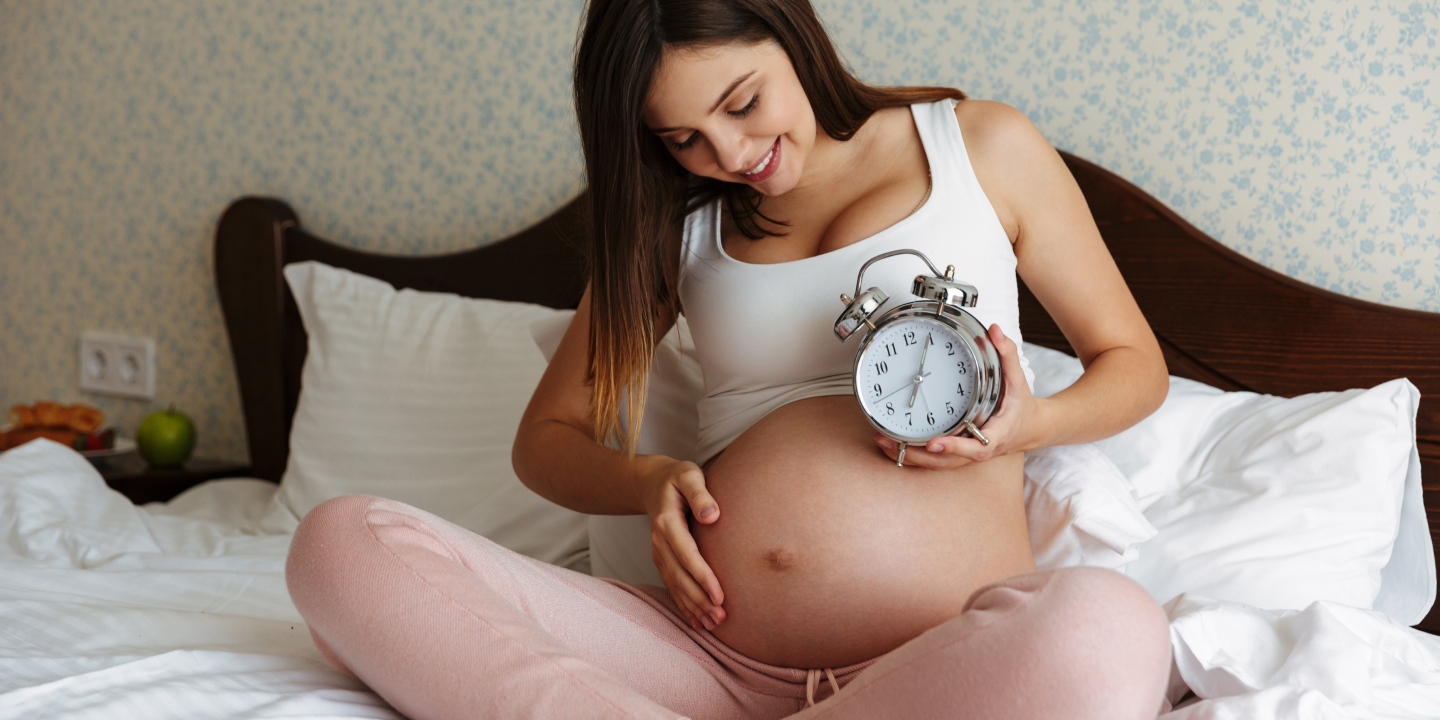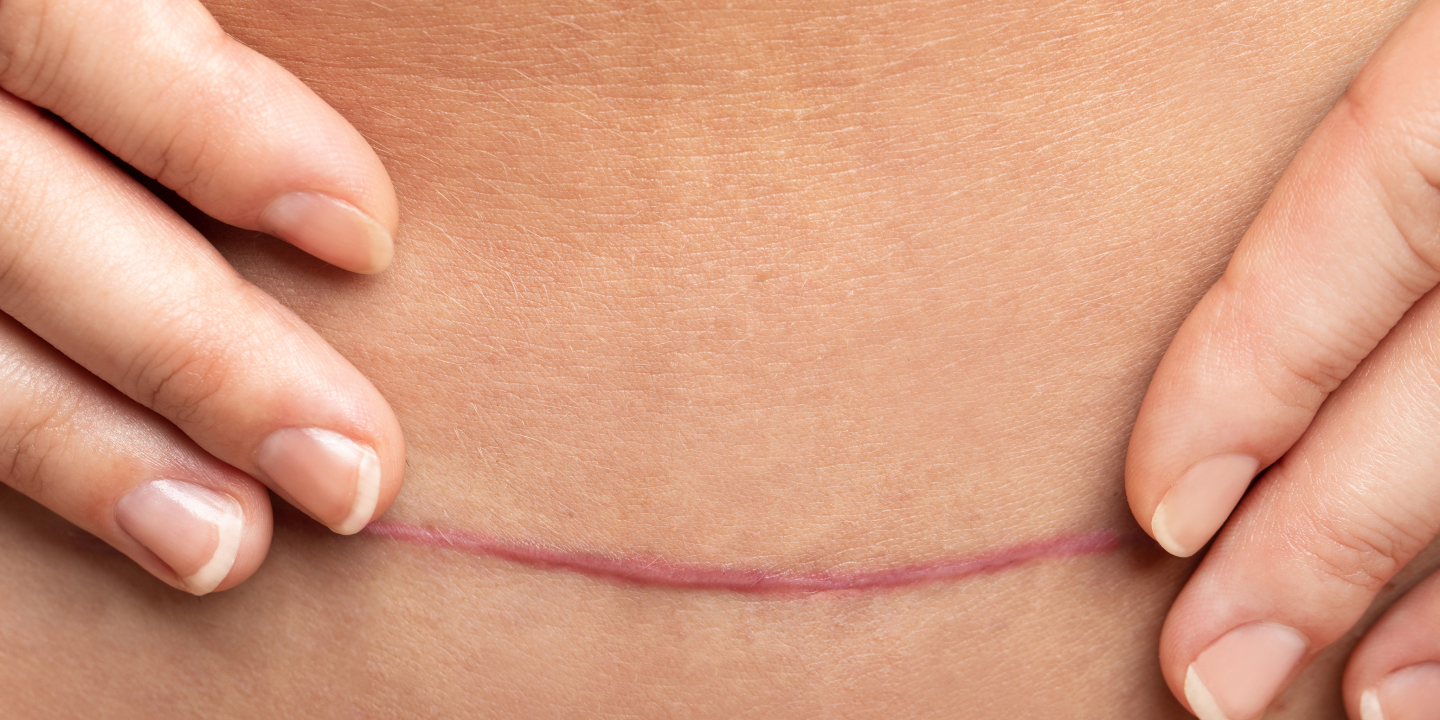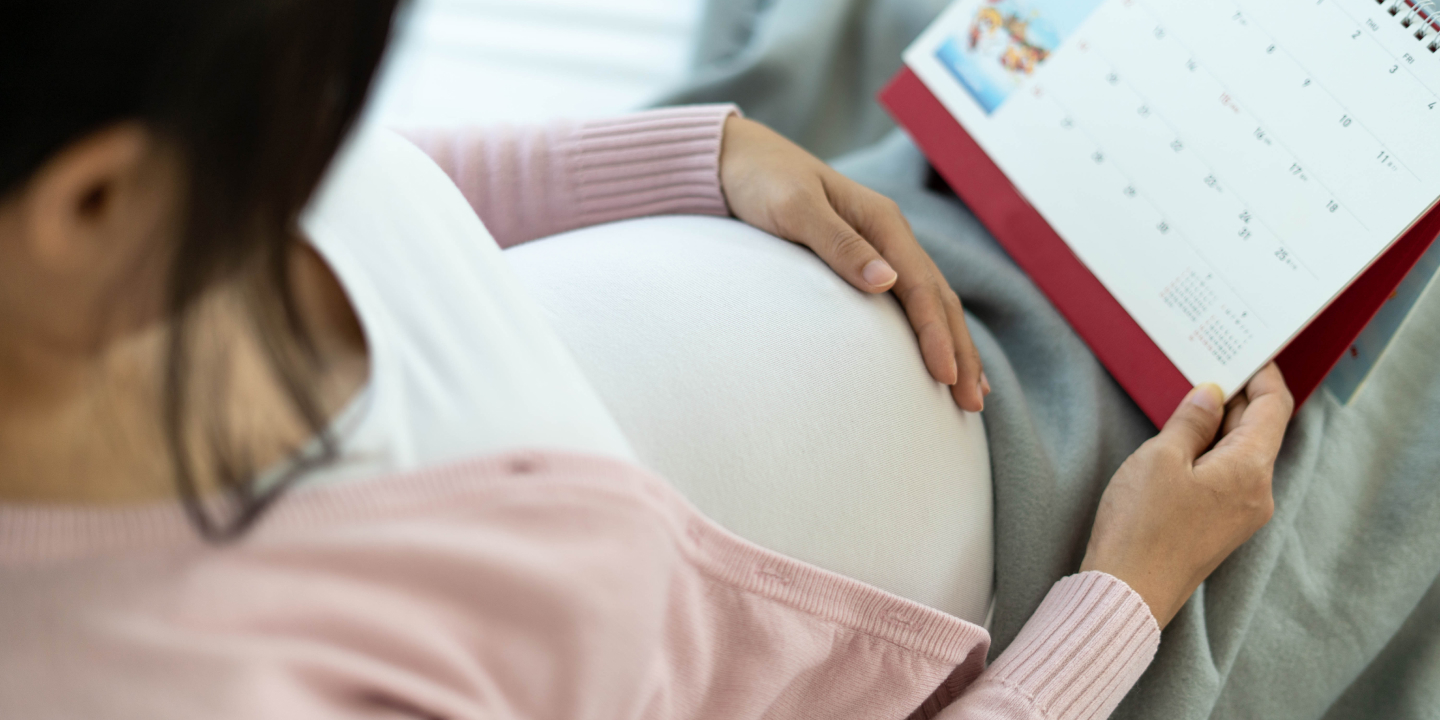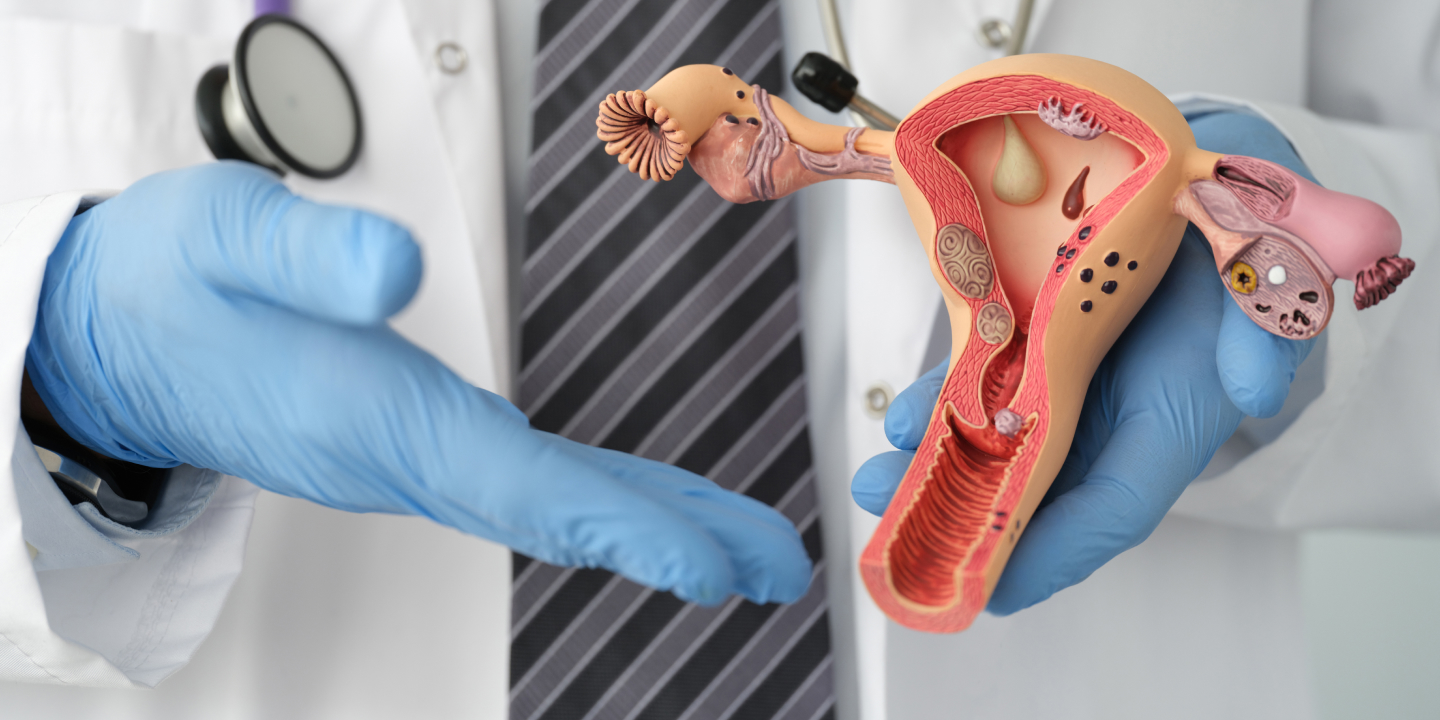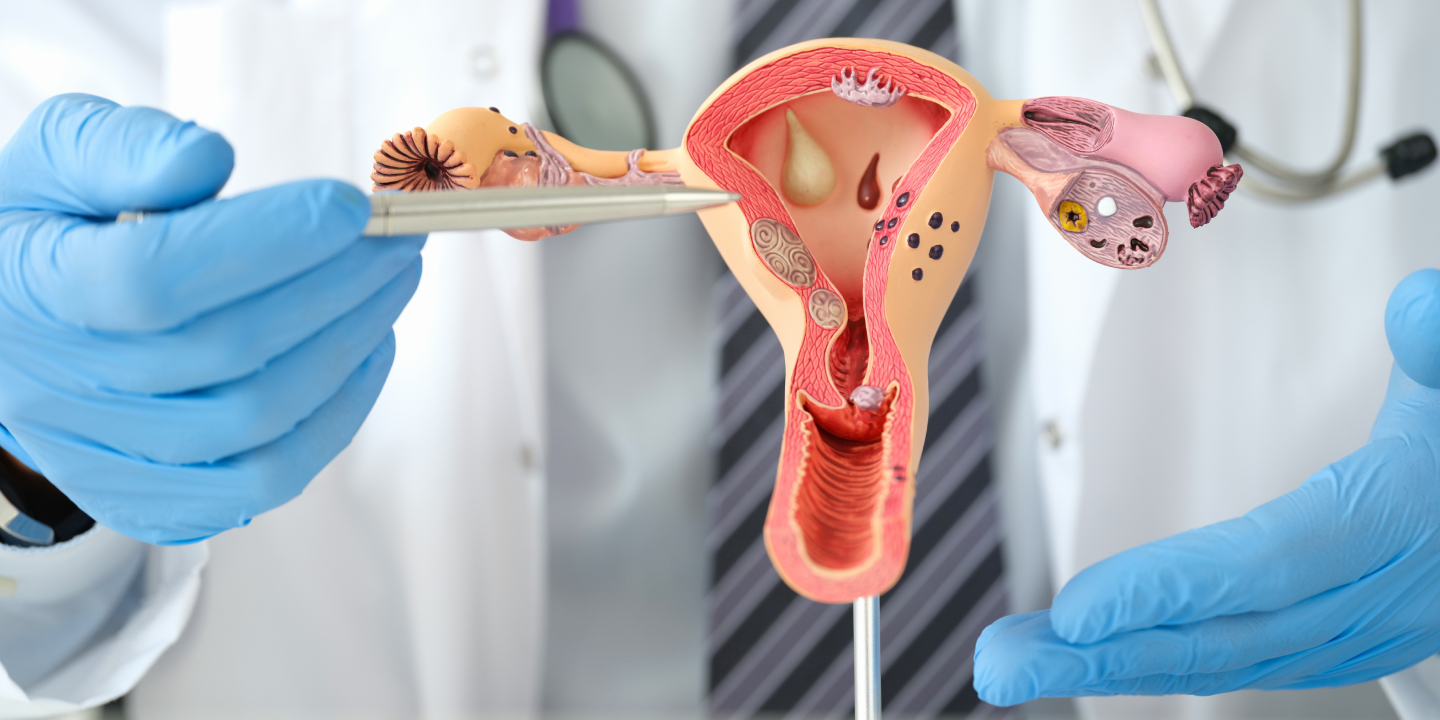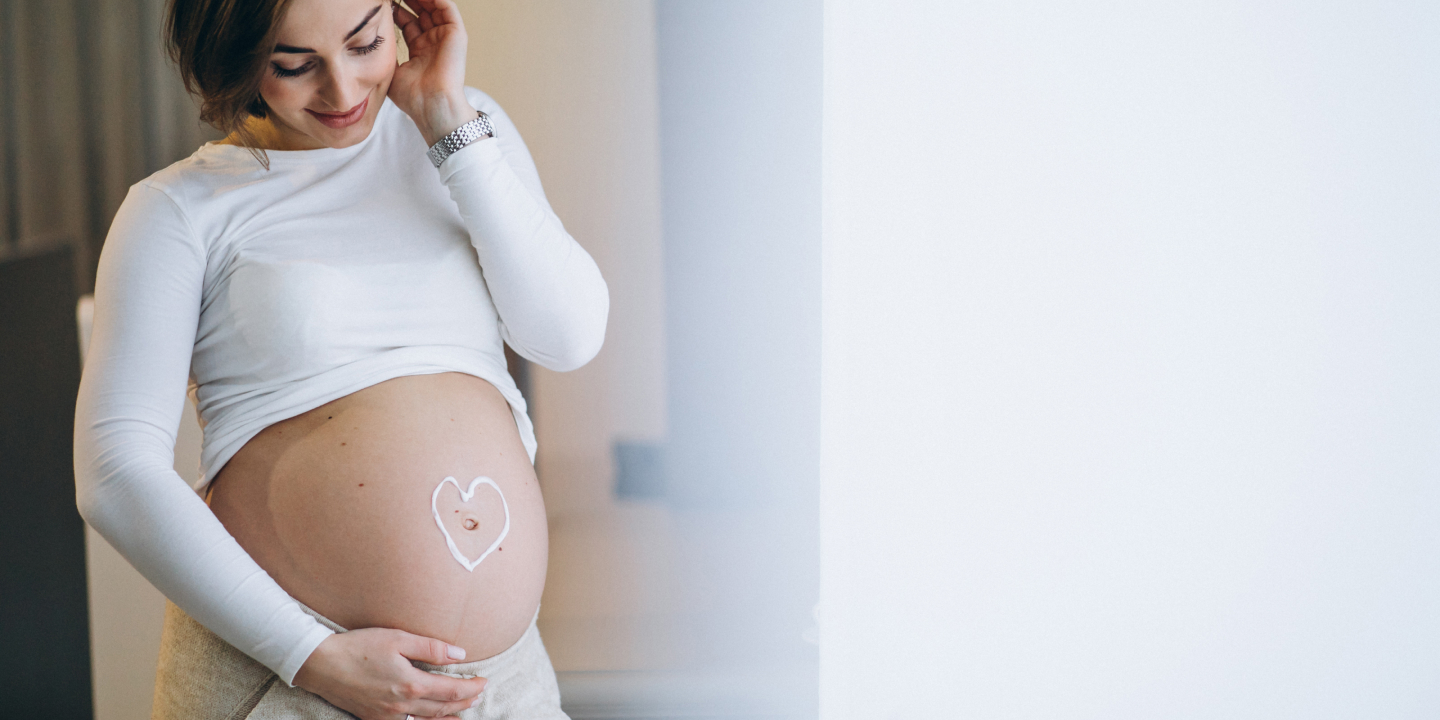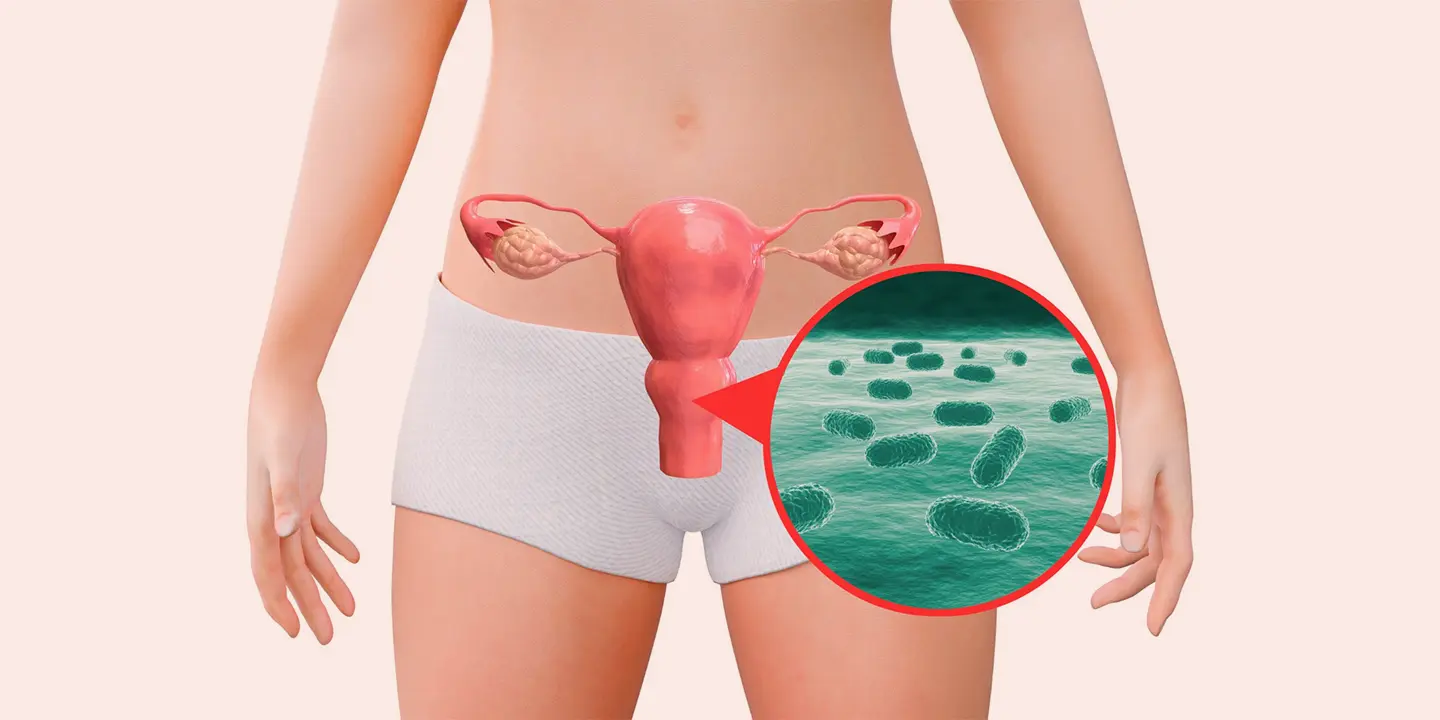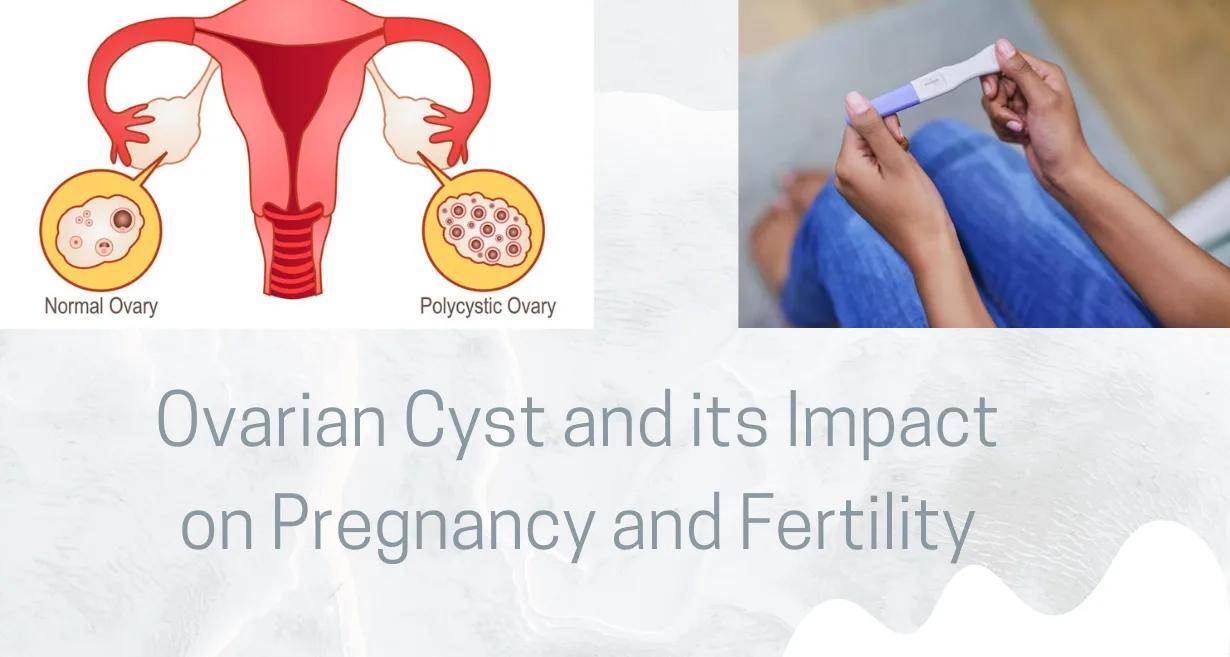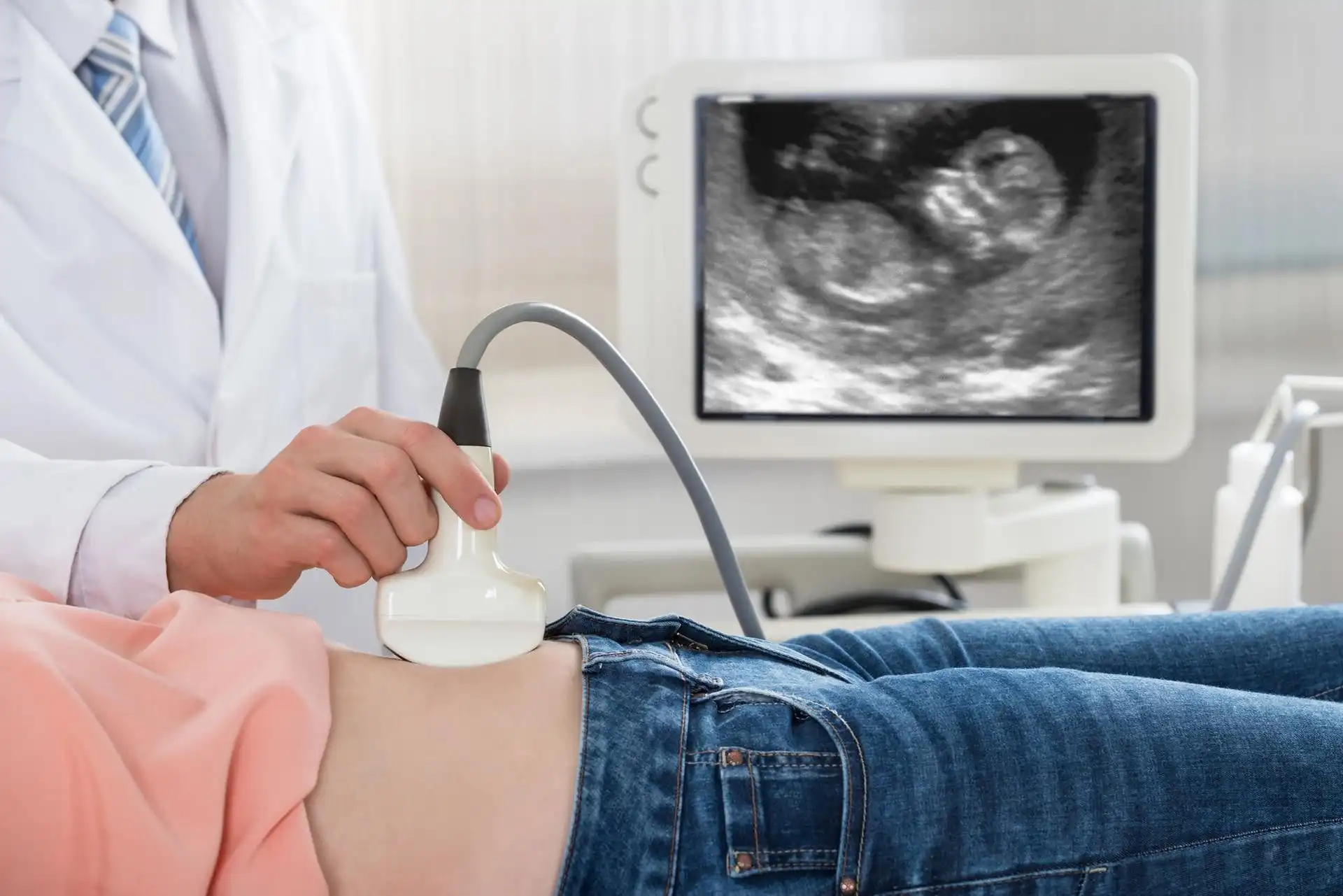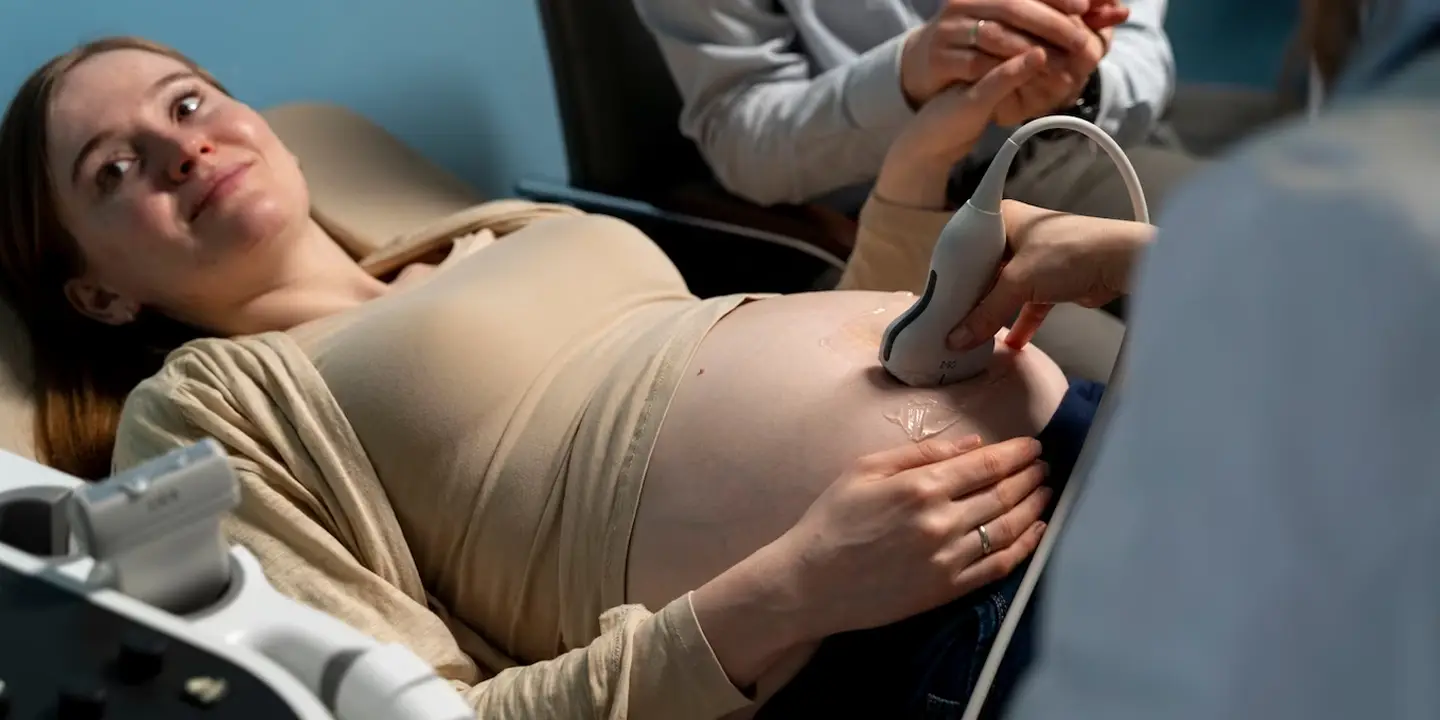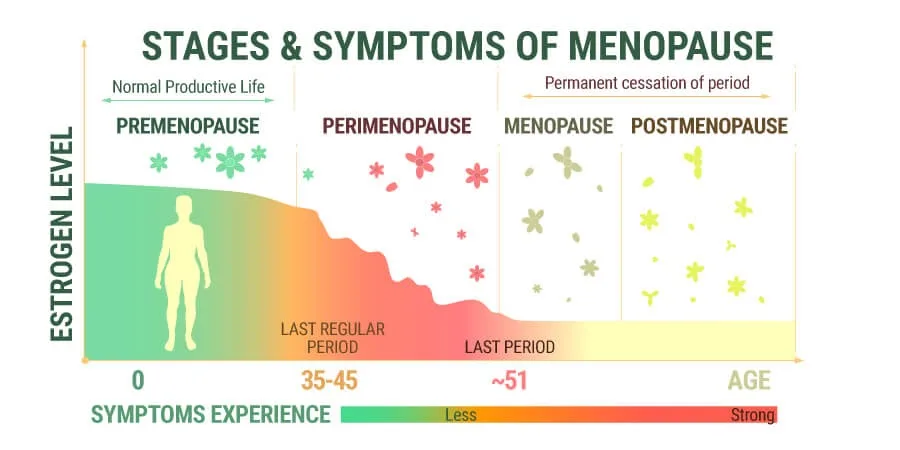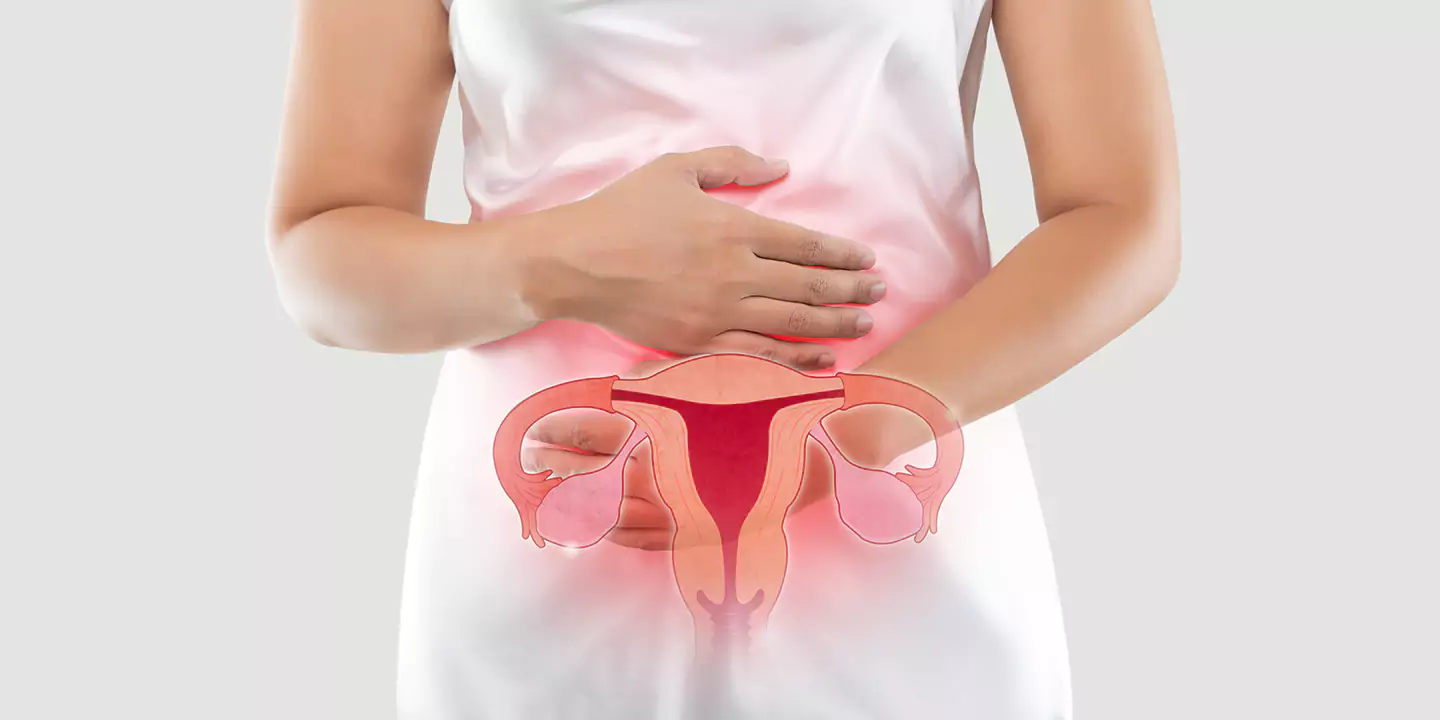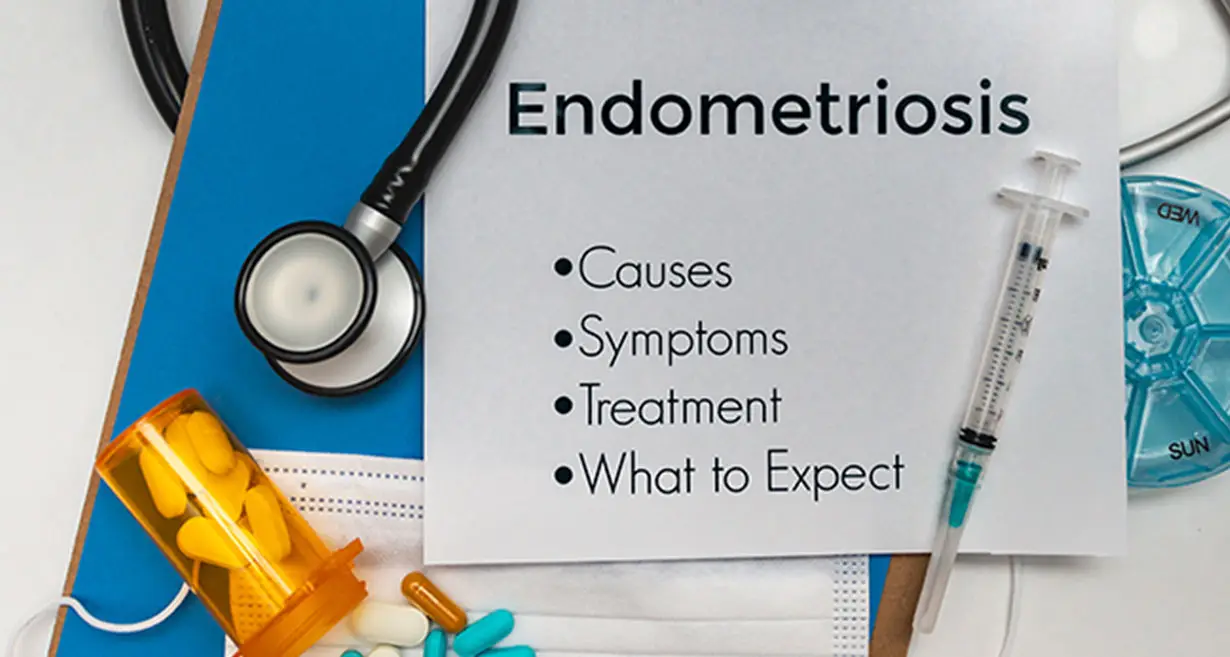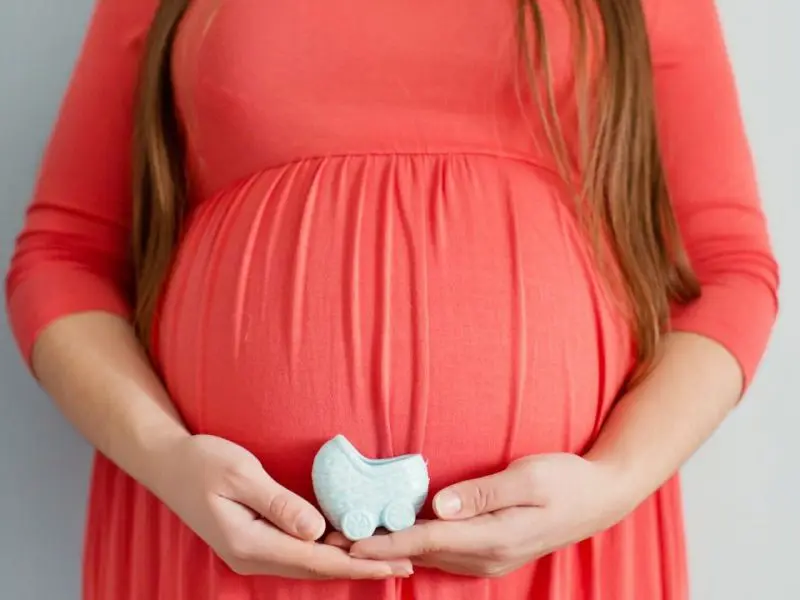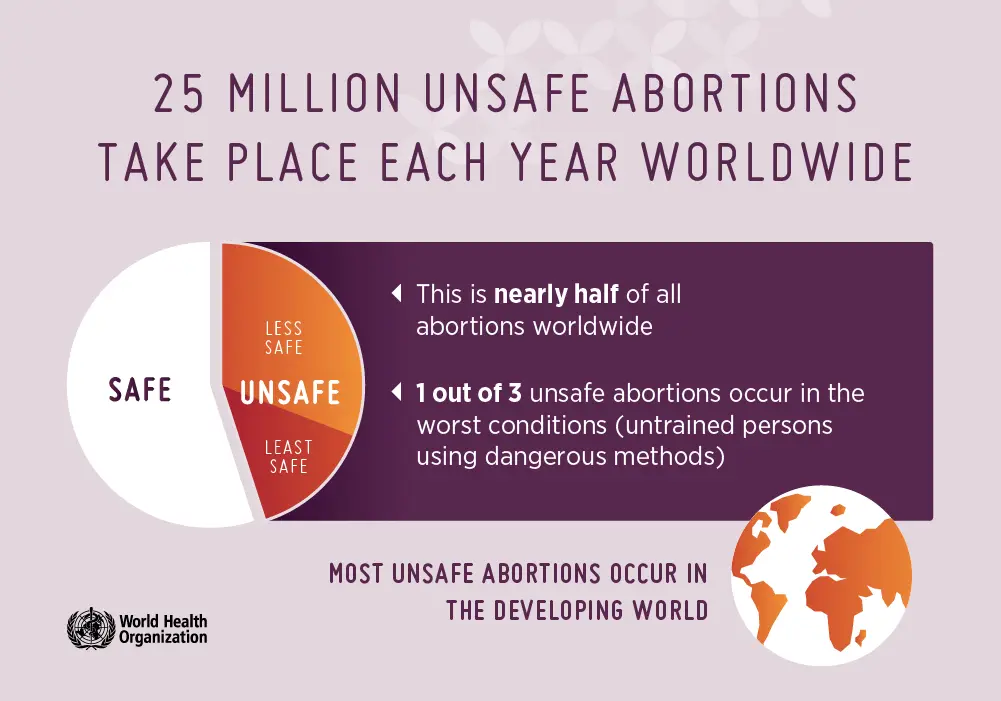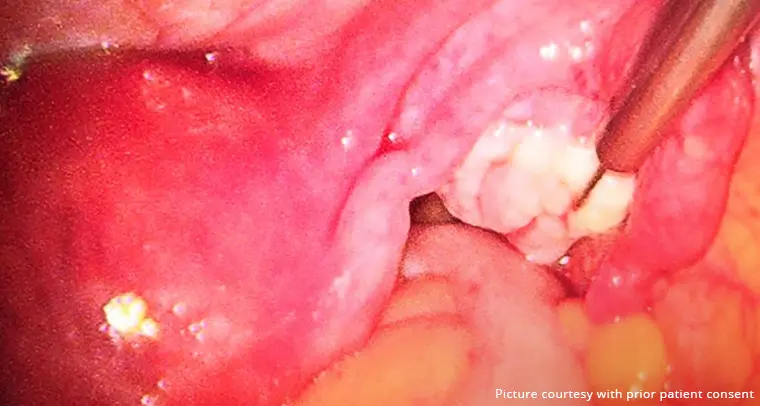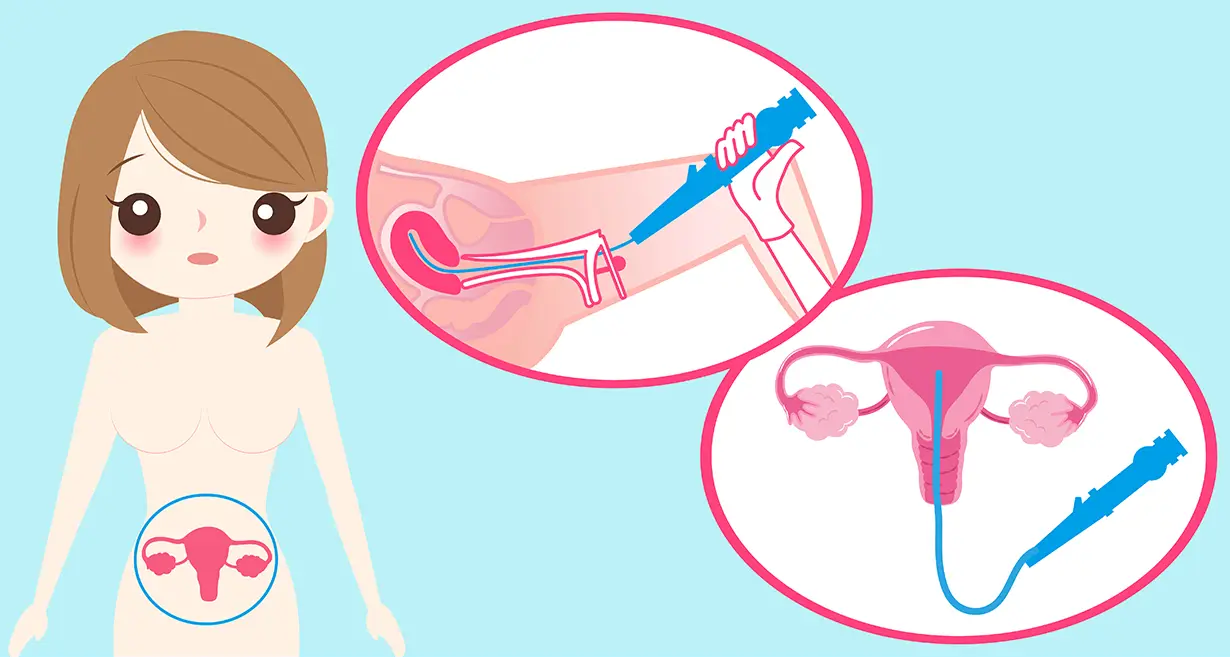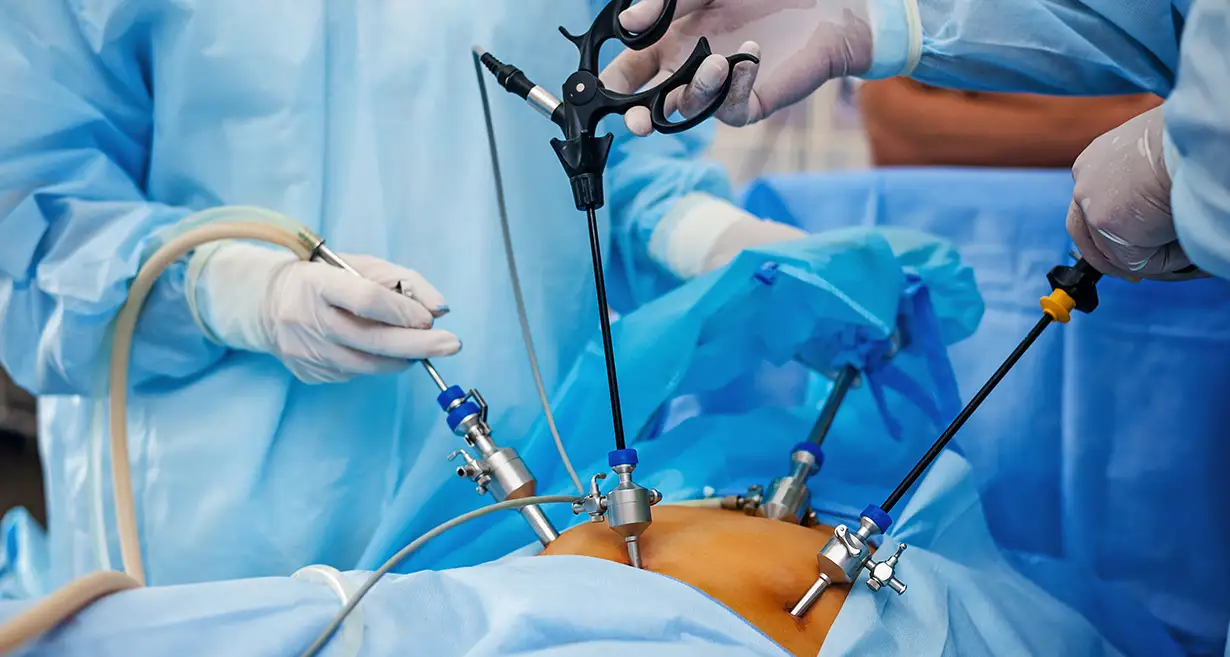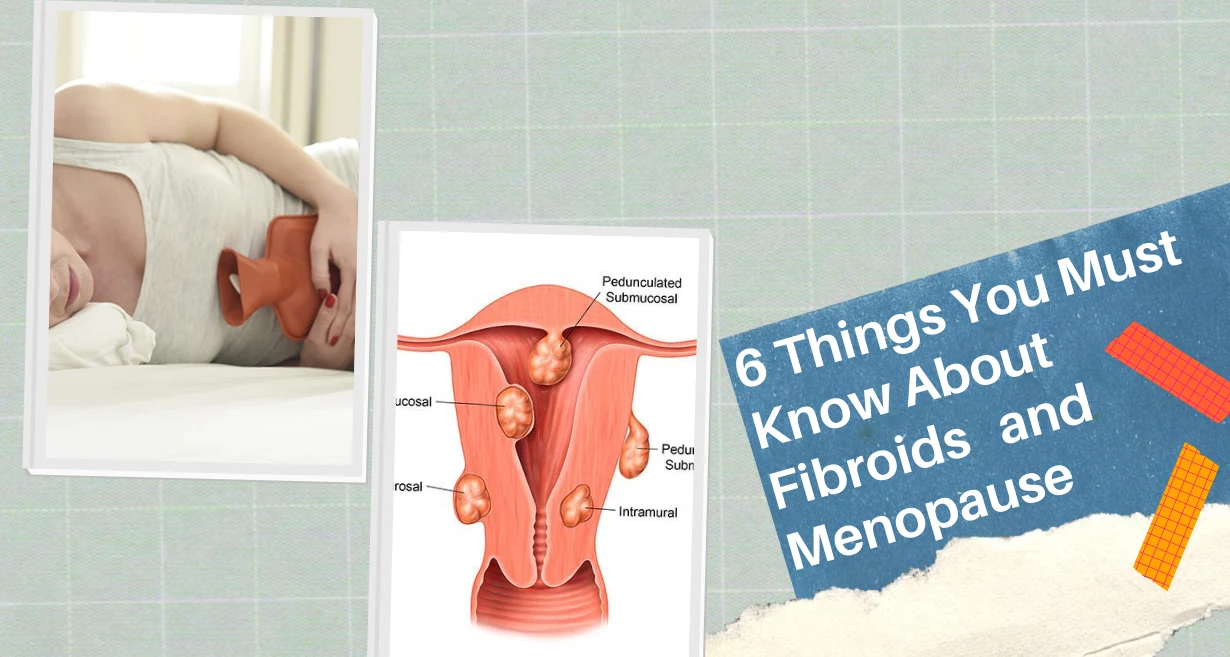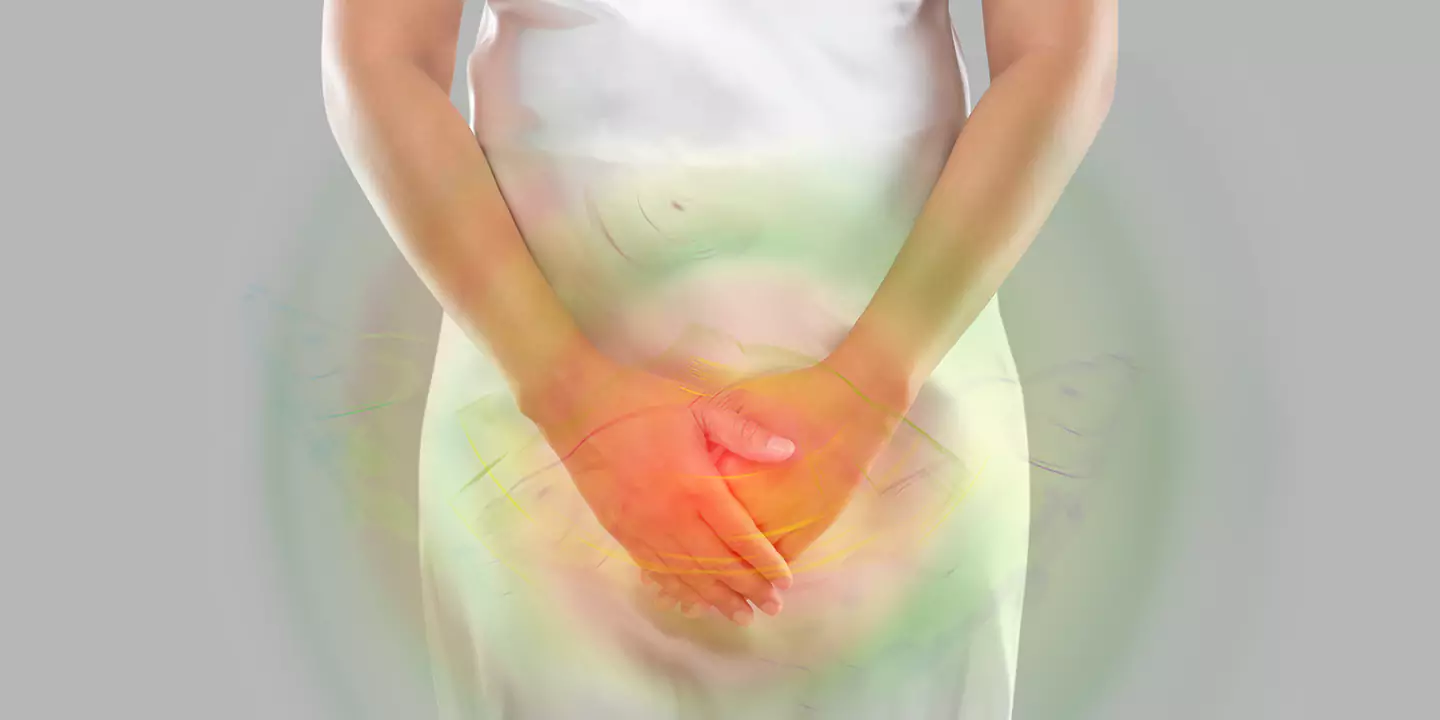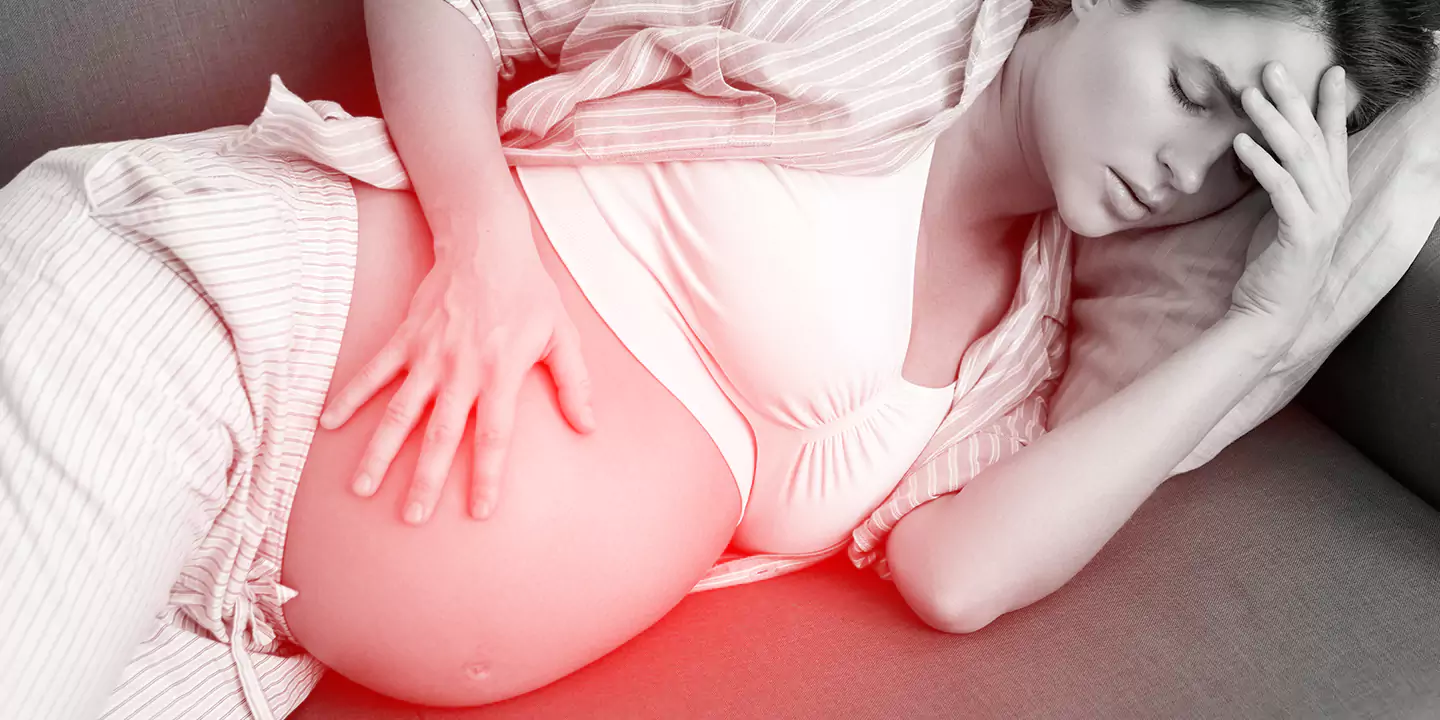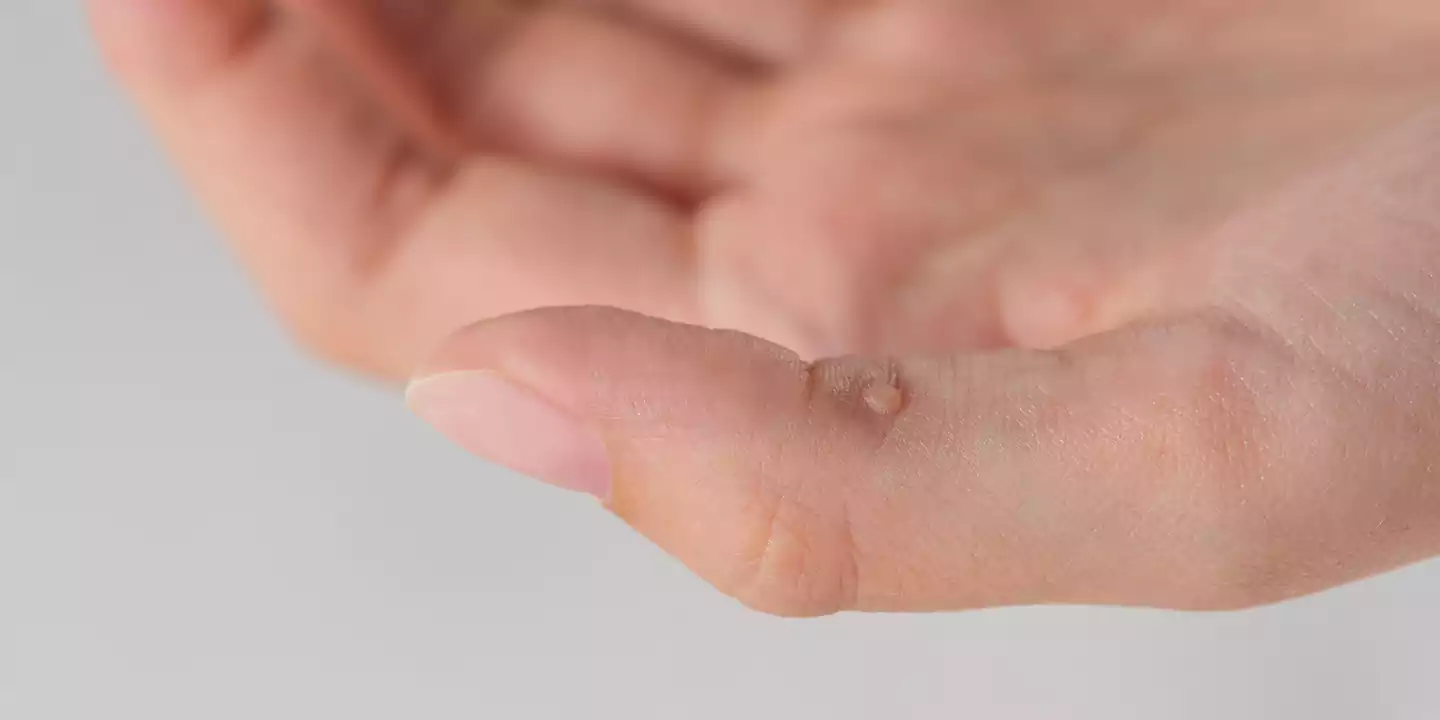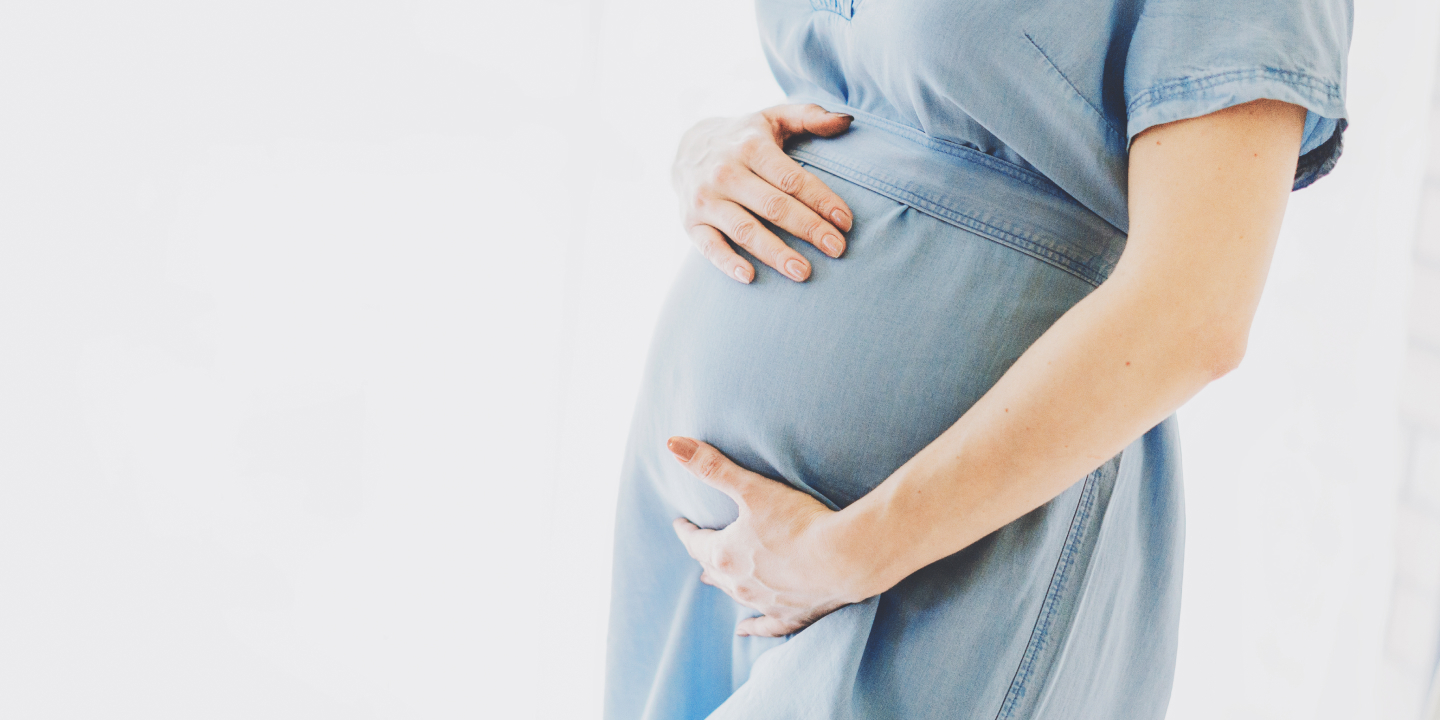
As you enter the 29th week of your pregnancy, a mix of joy and apprehension may fill your heart as you eagerly anticipate your baby’s arrival.
This article will guide you through the remarkable developments your little one is undergoing, shed light on the changes happening to your expanding belly, and offer helpful tips on handling any symptoms you might encounter at this stage.
Whether you’re a first-time parent or well-versed in the journey of pregnancy, we’re here to provide you with valuable insights into this significant week.
Related Blog: 28 Week Pregnant: Symptoms, Tips and Baby Development
In this Article
29 Week Pregnant – Baby Development
- At 29 weeks, the baby is about the size of a butternut squash (kaddu).
- The baby measures approximately 15.2 inches (38.6 cm) long and weighs around 1.2 kg.
- During this week, the baby starts to gain weight more rapidly, and over the next two and a half months, they are likely to double their current weight.
- While the major body and organ development is nearly complete, the baby’s lungs may not be fully matured for life outside the womb.
- At this stage, the baby may be highly active, engaging in kicking, stretching, and grasping movements.
- The baby continues to accumulate fat and muscle until birth.
- The baby’s skin matures and becomes thicker during this time.
- The amount of lanugo, the fine hair covering the baby’s body, reaches its peak and begins to fall out.
- Baby’s bones experience significant growth during the second trimester and will continue to strengthen as they intake more calcium during the third trimester.
29 Weeks Pregnant is how many months?
At 29 weeks pregnant, you are in the seventh month of your pregnancy. However, it’s important to note that medical professionals typically track pregnancy by week rather than month. This is because a full-term pregnancy spans approximately 39 to 40 weeks, which is slightly over nine months.
Related Blog: 27 Week Pregnant: Symptoms, Tips and Baby Development
Fetal Movement Counting During 29 Weeks Pregnant
During the 29th week of pregnancy, one should start fetal movement counting. Over the course of 12 hours during the 29th week of pregnancy, it is essential for expectant mothers to closely monitor their baby’s fetal movements. During this time, the baby should exhibit a regular pattern of movements, which can include fetal kicks, rolls, jabs, or flutters.
The American College of Obstetricians and Gynecologists (ACOG) recommends observing at least 10 movements within this duration. These movements serve as vital indicators of the baby’s well-being and overall health.
Fetal movement serves as an indication of the baby’s well-being and can help detect potential issues early, fostering an emotional bond between mother and child. Any noticeable decrease in movement should be promptly discussed with healthcare providers.
29 Weeks Pregnant bump
By the time you reach 29 weeks pregnant, your uterus will have undergone significant expansion and could be positioned between your navel and breasts. When measured by your healthcare provider, the fundal height, which is calculated from your pubic bone to the top of your uterus, may measure around 29 centimetres. The size of your growing bump might lead to discomfort during the third trimester, resulting in the symptoms mentioned below.
Related Blog: 8 Surprising Things Unborn Babies Usually Do In The Womb
29 Weeks Pregnant Symptoms
- Varicose veins
Pressure from your growing uterus can cause bulging varicose veins. Elevate your feet, avoid long periods of sitting or standing, and consider wearing a support hose.
- Fatigue
Nourishing and supporting your baby requires energy. Rest whenever possible, use a pillow under your belly for support while sleeping, and maintain regular exercise.
- Shortness of breath
Limited space due to the growing uterus can make breathing difficult. Practice good posture, move slowly, and seek medical advice if experiencing chest pains.
- Increased fetal movement
You’ll notice your baby’s active movements, including rolling and kicking, as they continue to grow and plump up.
- Headaches and light-headedness
Sleep deprivation and low blood sugar can contribute to headaches and feeling lightheaded, so ensure you’re getting regular rest and eating at regular intervals.
- Itchy belly
Your stretching skin may become thinner and itchy. Stay hydrated, apply lotion, and inform your doctor about any severe itching or rashes.
- Back, leg, or hip pain
Carrying extra weight and the pressure from the baby’s position can lead to discomfort. Relaxing joints and ligaments also contribute to these aches.
- Constipation
Hormones and pressure on the digestive system can cause constipation. Increase fibre intake and stay hydrated to alleviate this symptom.
- Trouble sleeping
Limit caffeine, hydrate, and engage in light exercises like prenatal yoga or walks to promote better sleep.
- Frequent urination
The expanding uterus puts strain on the bladder, resulting in more frequent trips to the restroom. Stay hydrated despite the increased frequency.
Related Blog: 26 Week Pregnant: Symptoms, Tips, and Baby Development
29 Weeks Pregnant – Tips to Follow
- Try prenatal yoga or meditation to reduce stress, lower blood pressure, and ease discomfort.
- Learn about methods like Lamaze, Bradley, and Read to manage pain and anxiety during labour.
- Take a tour to familiarize yourself with facilities, policies, and logistics before your due date.
- Choose a supportive person to assist during labour, communicate with healthcare providers, and provide comfort.
- Prepare for leaking breasts by stocking up on nursing pads to absorb colostrum, the nutritious pre-milk.
- Keep moving and ensure sufficient iron intake to alleviate RLS, a common third-trimester symptom.
- Pregnancy hormones can make your skin more sensitive, so consult with your doctor for safe remedies.
- Prioritize comfortable shoes, a supportive sports bra, hydration, and essentials like a wet cloth and identification for workouts.
- Understand the distinction between Braxton Hicks contractions and real labour contractions by discussing them with your doctor.
- Ensure you and your baby have enough calcium by consuming dairy products, tofu, dark leafy greens, and fortified foods.
- Reduce swelling and alleviate tiredness by resting and elevating your feet whenever possible.
Takeaway at Twenty-Nine Weeks Pregnant
At twenty-nine weeks pregnant, your baby is growing and reaching new milestones. Their size is comparable to that of acorn squash, measuring about 15.2 inches long and weighing around 2.5 pounds. You may be experiencing symptoms such as varicose veins, fatigue, leg cramps, and shortness of breath. Relaxation techniques like prenatal yoga and meditation can help alleviate stress and discomfort. It’s also essential to plan for childbirth, explore childcare options, and consider cord blood banking.
For expert guidance and care during your pregnancy journey, consider Queen’s Gynecology in Delhi. Experience comprehensive support and guidance for a safe and healthy pregnancy with our expert team of gynecologists.
Summary
At 29 weeks pregnant, baby is growing rapidly, measuring about 15.2 inches long and weighing around 2.5 pounds. While major organ development is nearly complete, their lungs may still need more time to mature. Symptoms such as varicose veins, fatigue, shortness of breath, and increased fetal movement are common. Tips include prenatal yoga, learning childbirth techniques, touring the hospital, choosing a birth partner, and ensuring calcium intake. Seek medical advice for any concerns.
| Week | Pregnancy Symptoms | Tips and Advice | Baby Development |
| Week 1 | – Missed period | – Take a home pregnancy test | – Fertilization occurs |
| Week 2 | – Tender breasts | – Begin taking prenatal vitamins | – Blastocyst implants in the uterus |
| Week 3 | – Fatigue | – Schedule your first prenatal visit | – Embryonic development begins |
| Week 4 | – Morning sickness starts | – Avoid alcohol, smoking, and caffeine | – Neural tube forms |
| Week 5 | – Increased urination | – Eat a balanced diet | – Heart starts beating |
| Week 6 | – Mood swings | – Stay hydrated | – Brain and head development |
| Week 7 | – Constipation | – Start gentle exercise | – Limb buds form |
| Week 8 | – Food cravings | – Get plenty of rest | – Webbed fingers and toes develop |
| Week 9 | – Weight gain begins | – Avoid raw or undercooked foods | – Tail disappears, now considered a fetus |
| Week 10 | – Visible baby bump | – Wear comfortable clothing | – Organs continue to develop |
| Week 11 | – Darkened areolas | – Practice relaxation techniques | – Baby can swallow and produce urine |
| Week 12 | – Reduced nausea | – Consider prenatal classes | – Sex organs distinguishable |
| Week 13 | – Increased energy | – Continue regular check-ups | – Baby’s fingerprints form |
| Week 14 | – Less frequent urination | – Plan for maternity leave | – Baby’s facial muscles develop |
| Week 15 | – Quickening (baby moves) | – Do pelvic floor exercises | – Baby can make facial expressions |
| Week 16 | – Round ligament pain | – Stay active with low-impact exercises | – Develops sense of hearing |
| Week 17 | – Nasal congestion | – Consider a prenatal massage | – Baby’s skeleton starts hardening |
| Week 18 | – Belly button changes | – Stay well-hydrated | – Vernix caseosa covers the skin |
| Week 19 | – Braxton Hicks contractions | – Eat small, frequent meals | – Baby’s kicks become stronger |
| Week 20 | – Leg cramps | – Begin monitoring baby’s movements | – Baby is covered in lanugo (fine hair) |
| Week 21 | – Shortness of breath | – Sleep on your side | – Eyebrows and eyelashes appear |
| Week 22 | – Linea nigra (skin darkens) | – Practice relaxation techniques | – Rapid brain development |
| Week 23 | – Backache | – Consider prenatal yoga or swimming | – Baby can recognize your voice |
| Week 24 | – Swollen ankles | – Elevate feet when sitting or lying | – Lungs continue to mature |
| Week 25 | – Increased appetite | – Continue regular prenatal check-ups | – Baby may respond to loud noises |
| Week 26 | – Heartburn | – Sleep with extra pillows for support | – Eyes open for the first time |
| Week 27 | – Braxton Hicks intensify | – Pack your hospital bag | – Baby can hiccup |
| Week 28 | – Trouble sleeping | – Monitor blood pressure | – Baby’s kicks become more regular |
| Week 29 | – Shortness of breath | – Avoid lifting heavy objects | – Baby’s bones fully developed |
| Week 30 | – Swollen hands | – Stay hydrated and avoid salt | – Baby may be head-down in preparation for birth |
| Week 31 | – Increased vaginal discharge | – Take childbirth classes | – Baby’s immune system develops |
| Week 32 | – Hemorrhoids | – Practice perineal massage | – Baby’s toenails and fingernails grow |
| Week 33 | – Trouble finding a comfortable position to sleep | – Rest and nap when possible | – Baby’s bones start to harden further |
| Week 34 | – Frequent urination | – Prepare for maternity leave | – Baby’s central nervous system matures |
| Week 35 | – Braxton Hicks increase | – Avoid prolonged standing or sitting | – Baby’s skin becomes less wrinkled |
| Week 36 | – Pelvic pressure | – Finalize birth plan | – Baby continues to gain weight |
| Week 37 | – Lightening (baby drops) | – Stay active with walking | – Baby’s head positions for birth |
| Week 38 | – Fatigue increases | – Do pelvic exercises | – Baby’s lungs are fully mature |
| Week 39 | – Cervix effacement | – Rest and conserve energy | – Baby’s immune system continues to develop |
| Week 40 | – Contractions begin | – Monitor contractions | – Baby’s digestive system is ready for breast milk |
| Week 41 | – Dilation of cervix | – Stay calm and patient during labor | – Baby’s head molds to fit through the birth canal |
Please note that every pregnancy is unique, and symptoms and developments may vary from person to person. Always consult with a healthcare professional for personalized advice and care during pregnancy.

